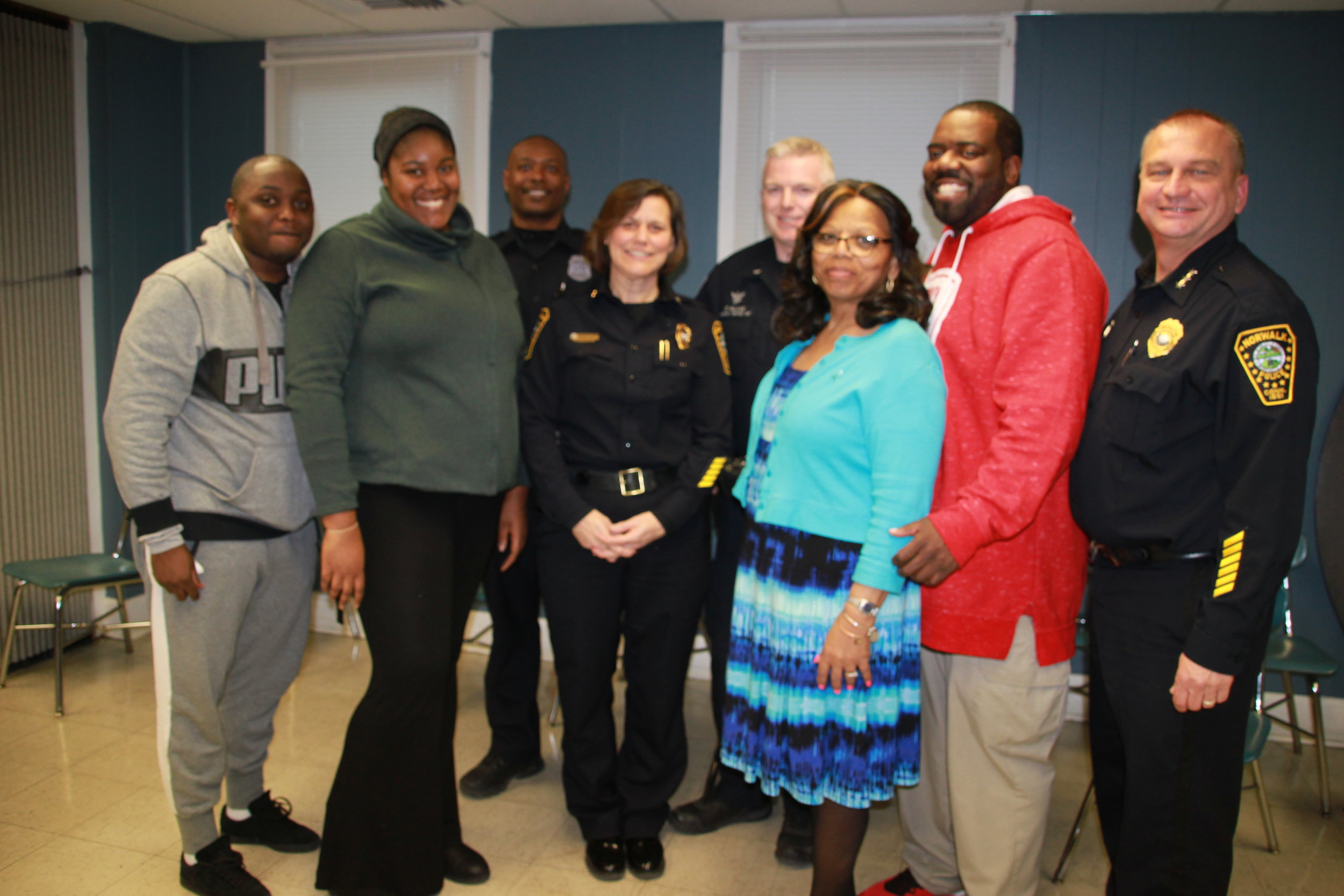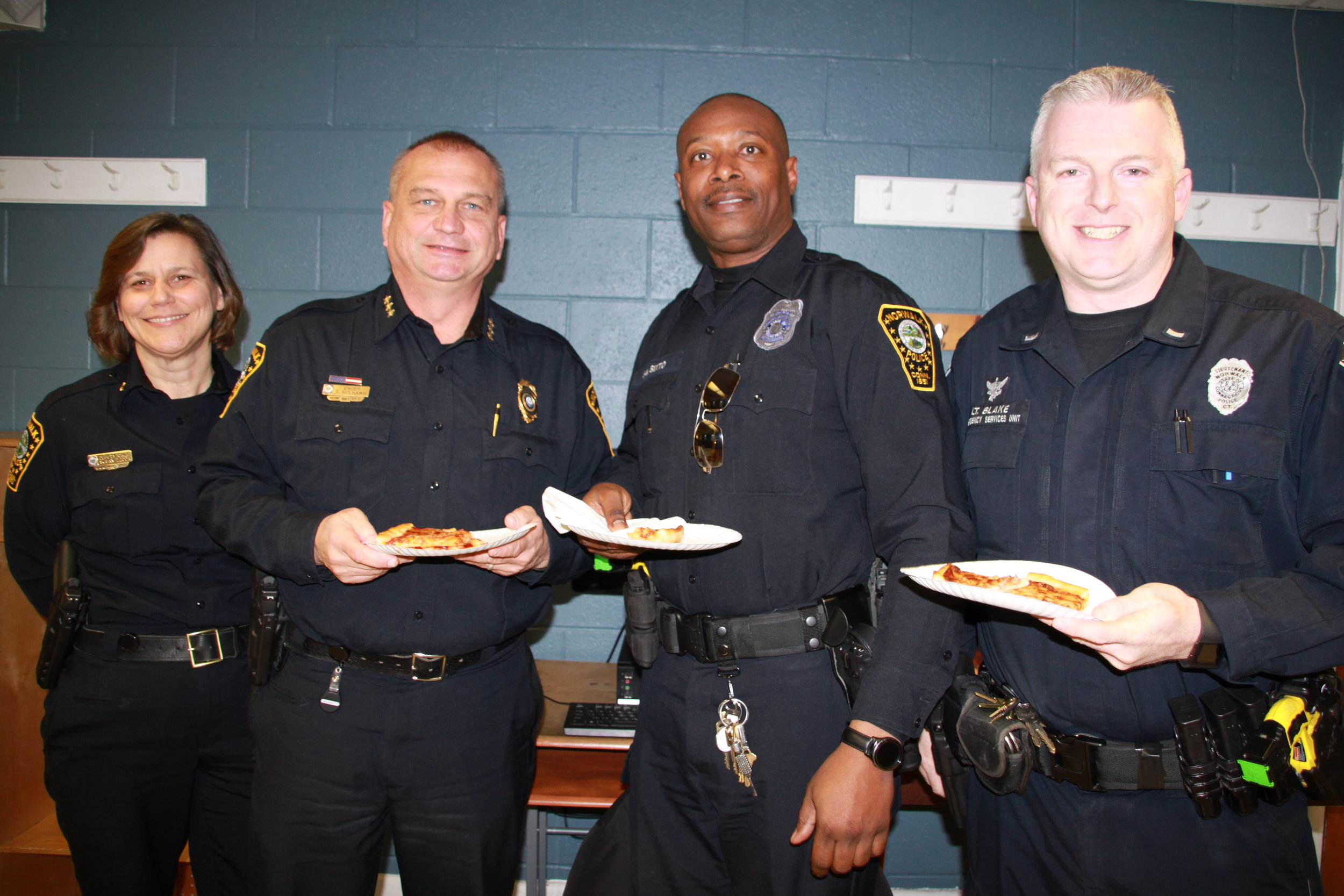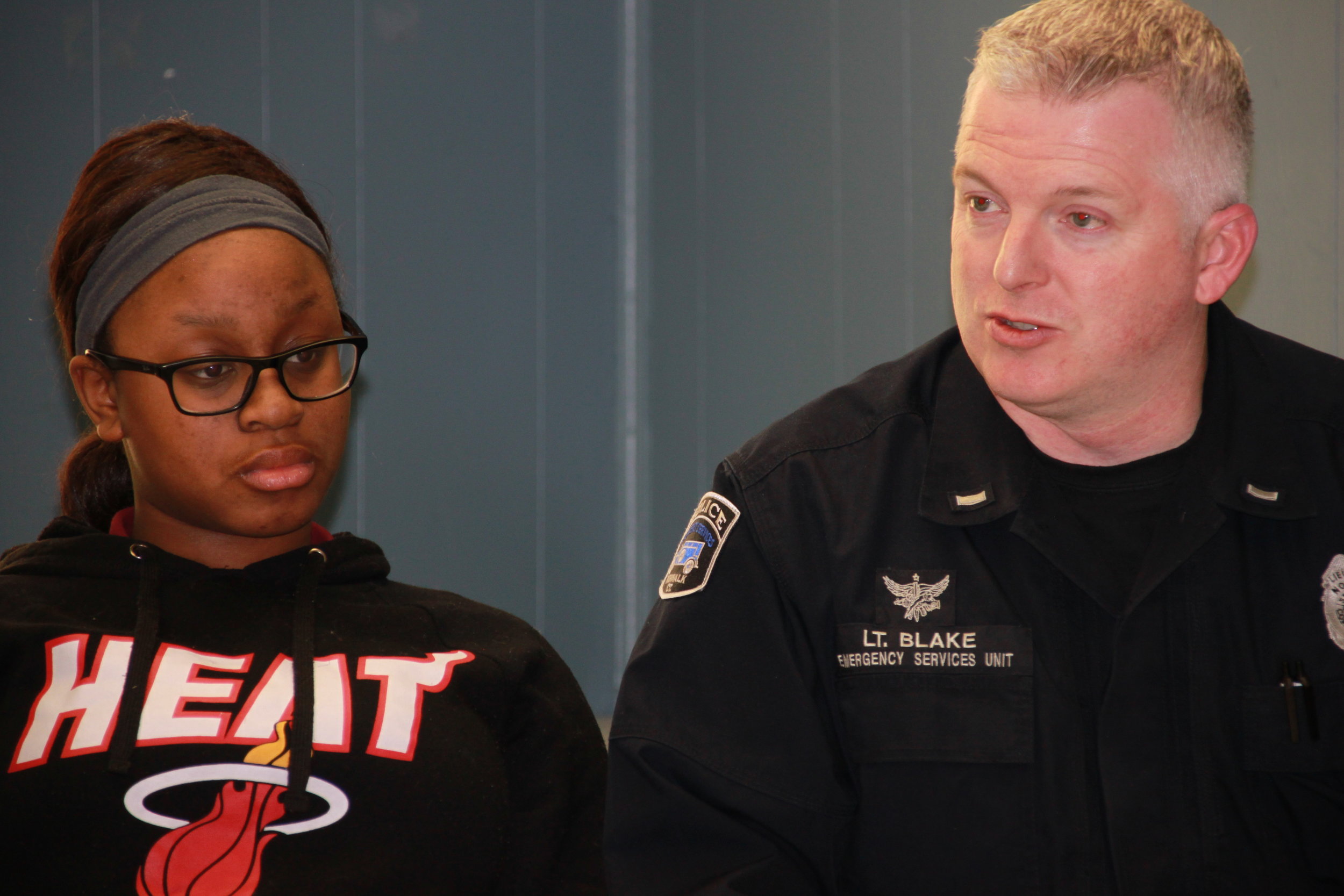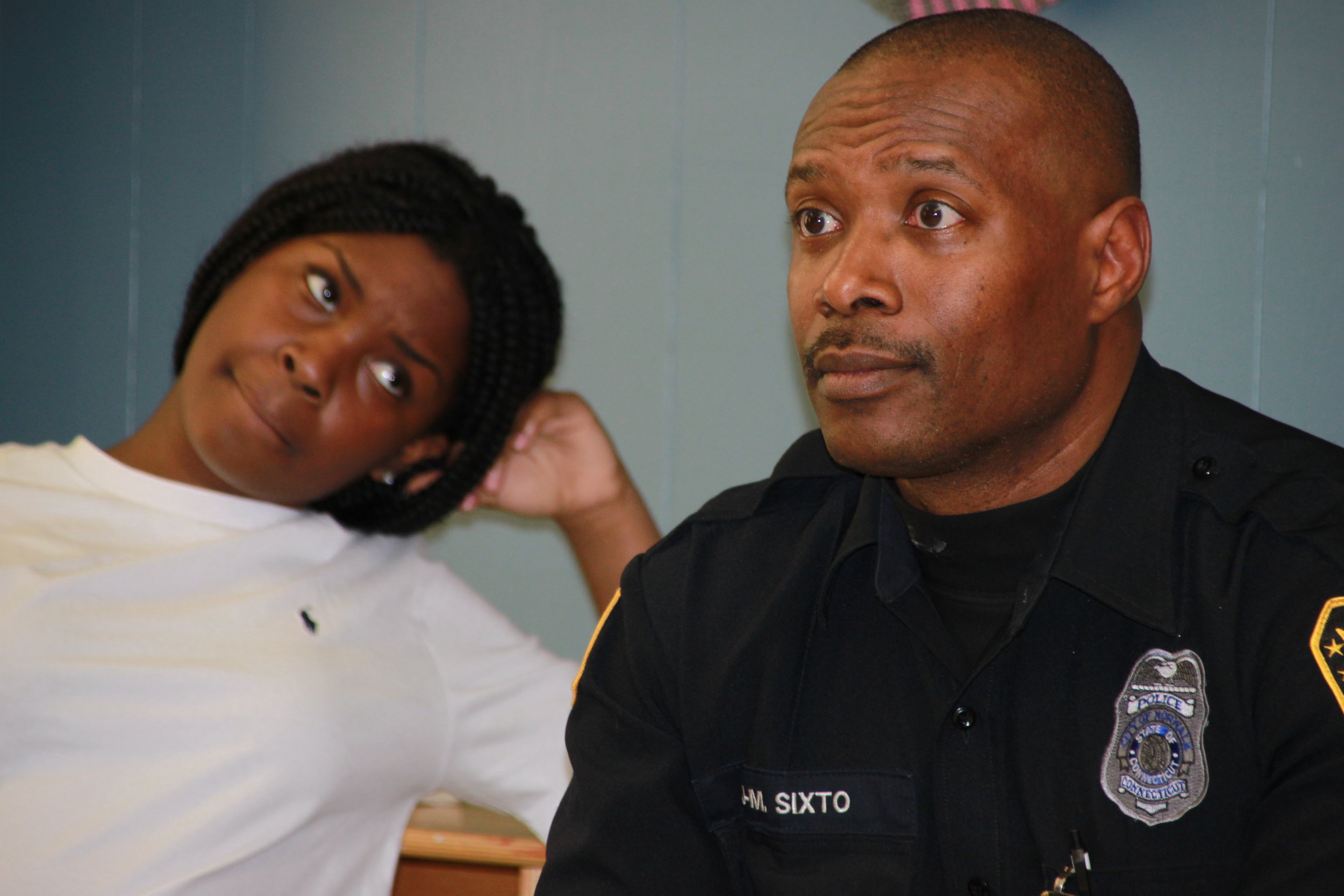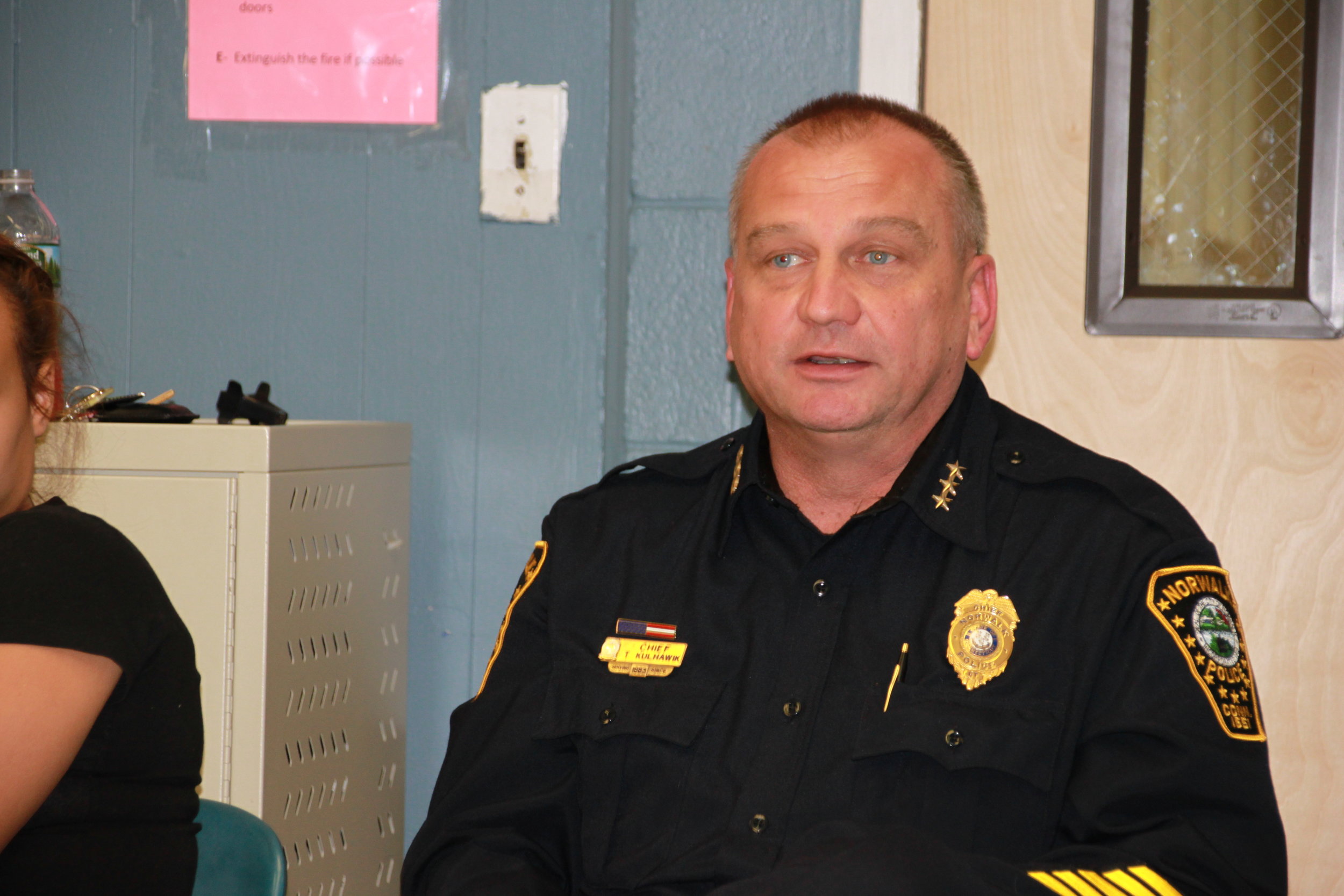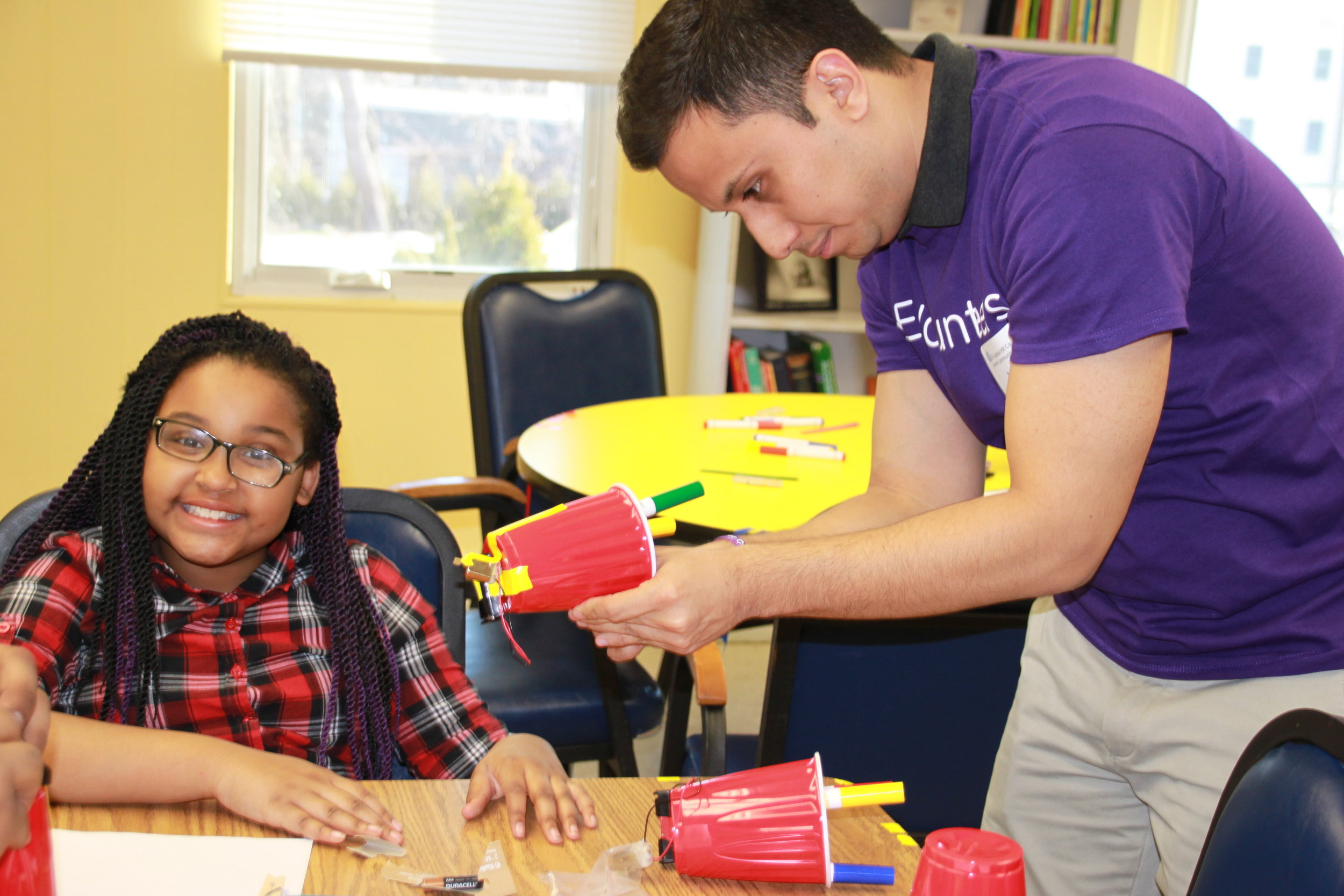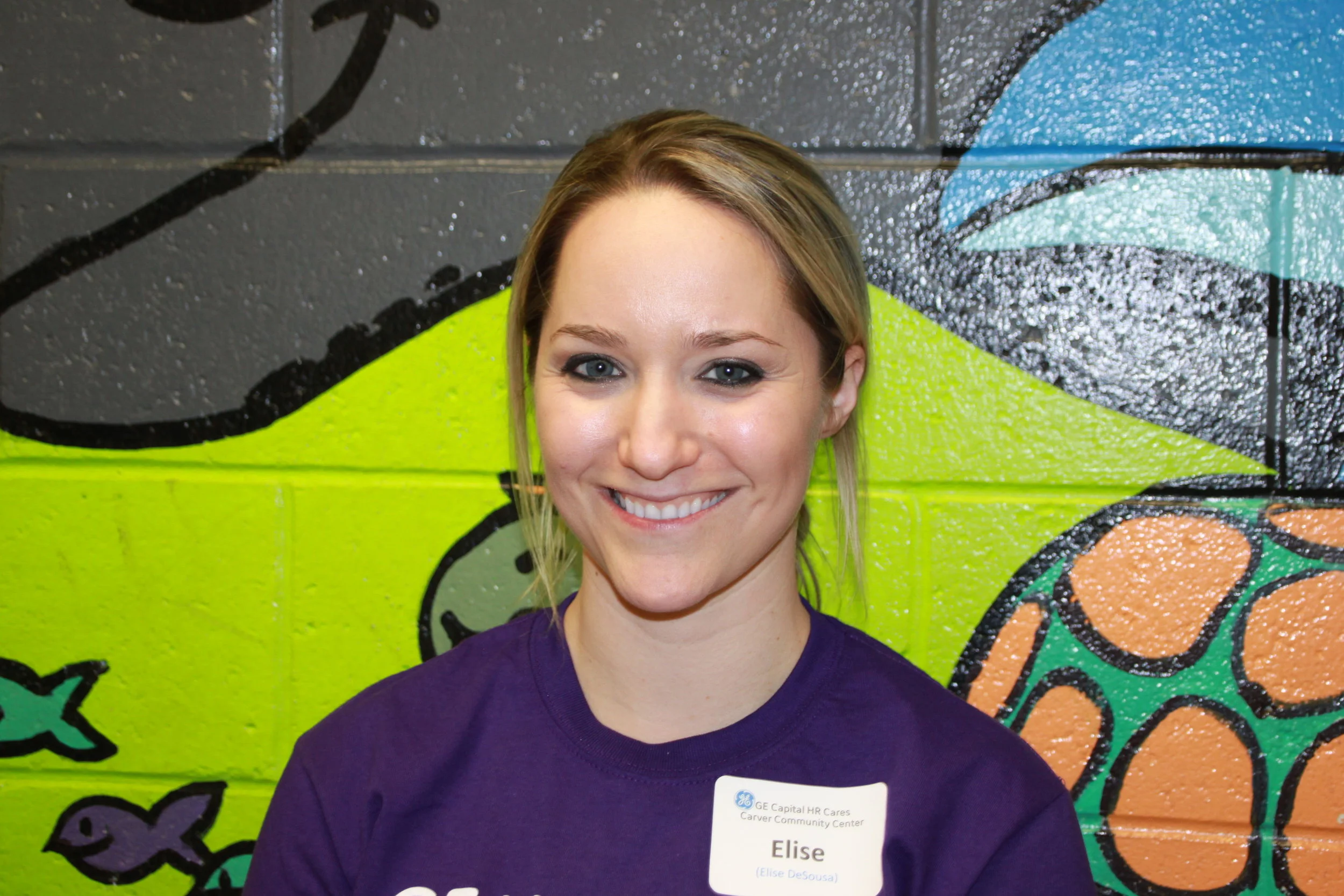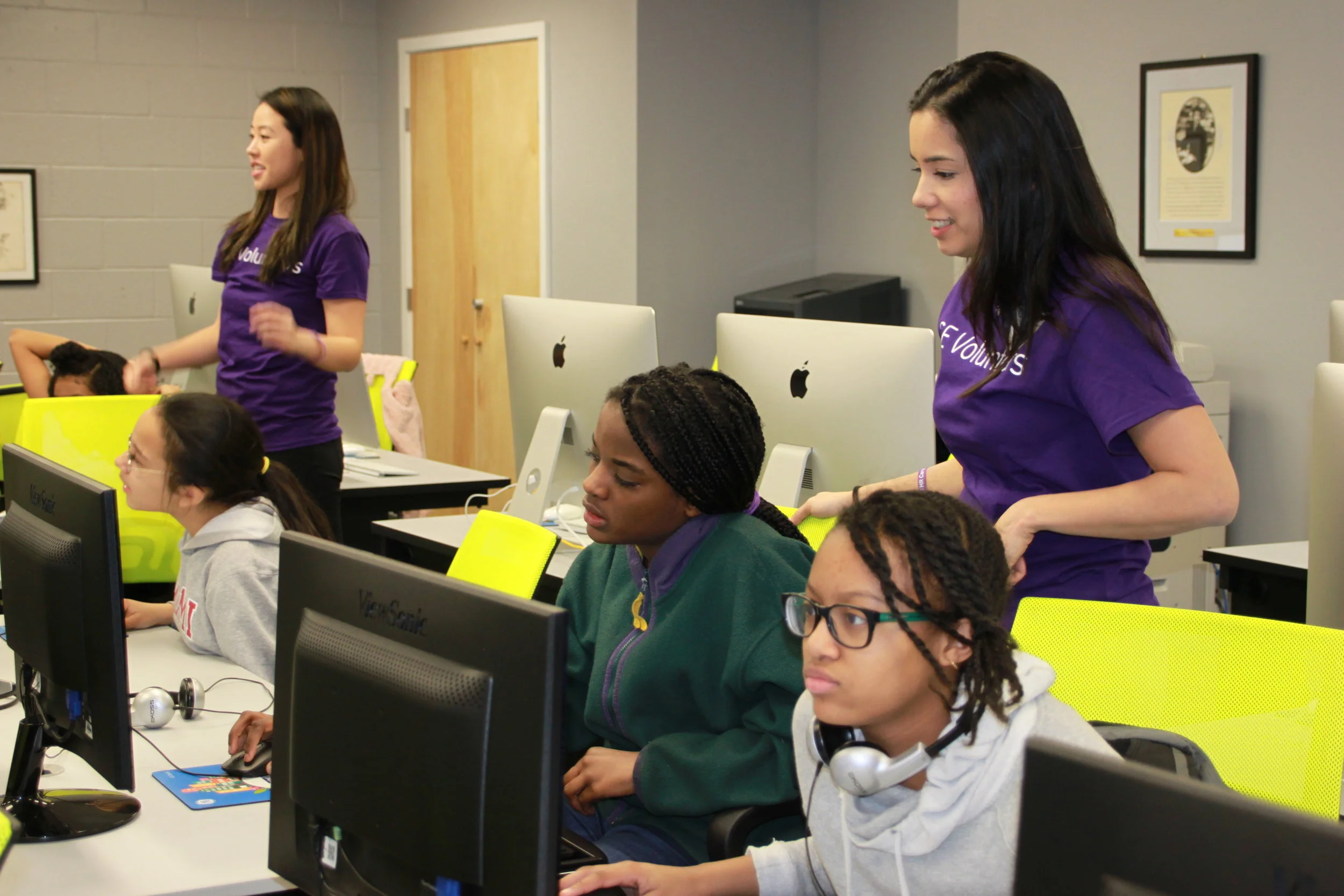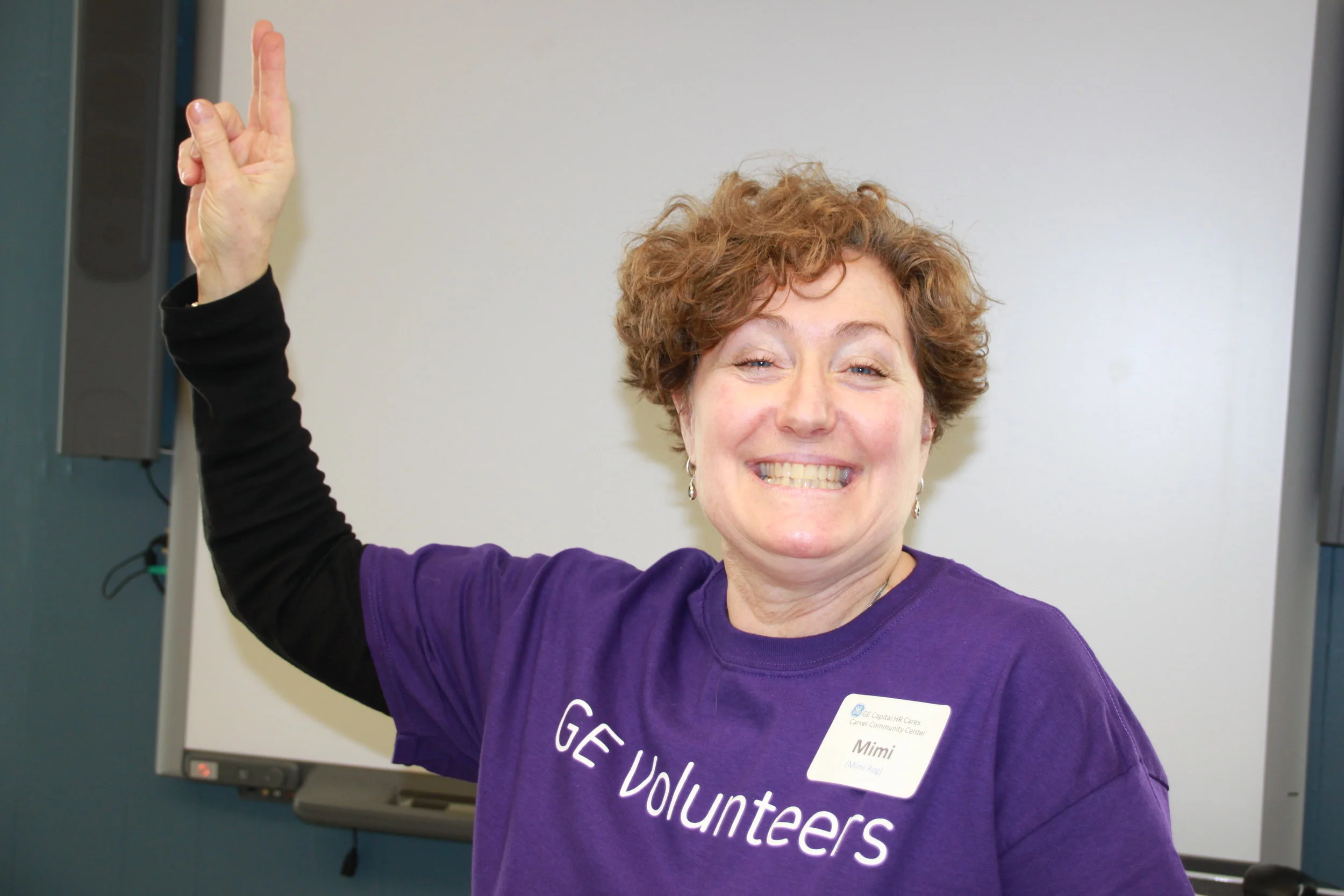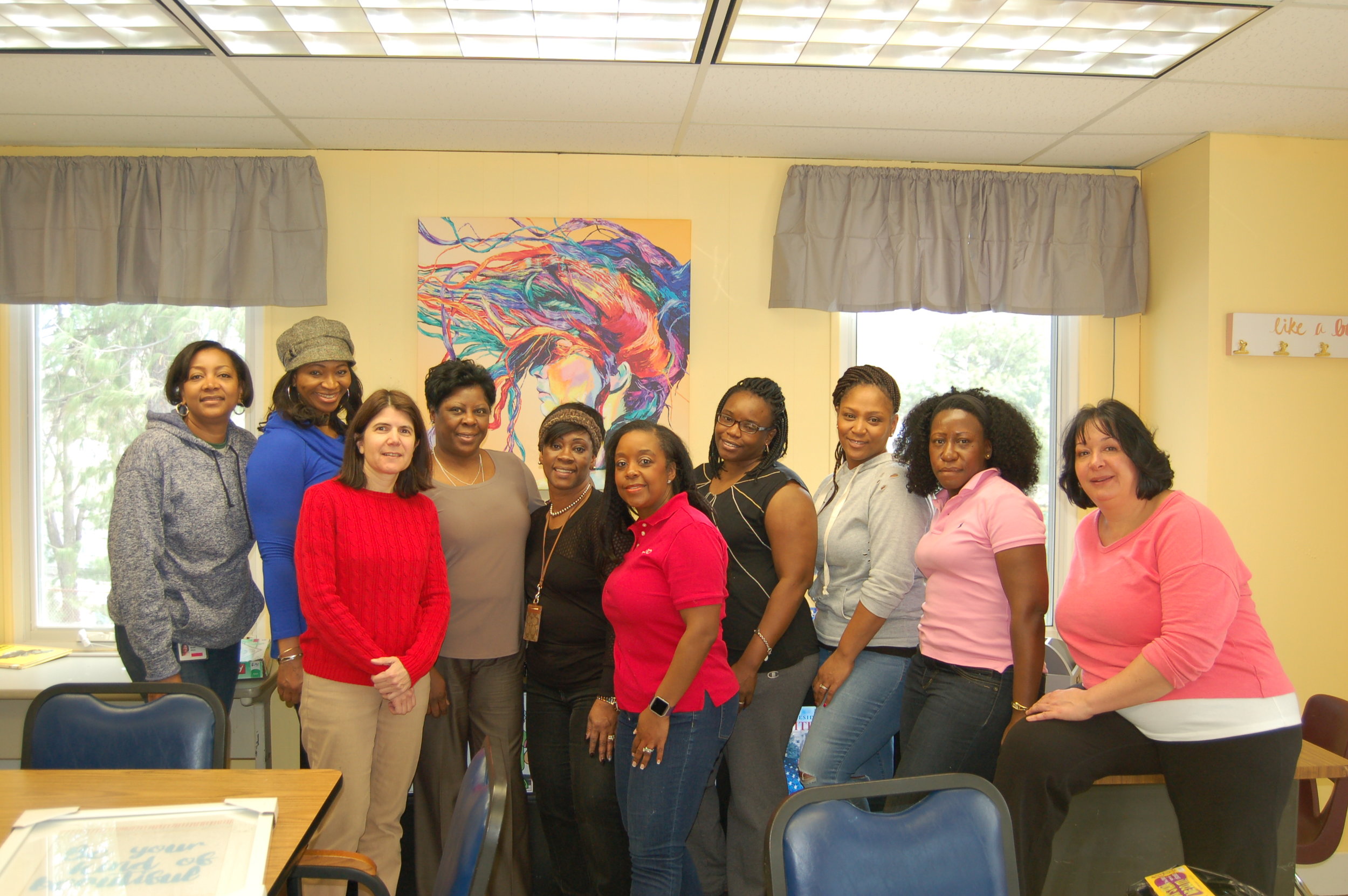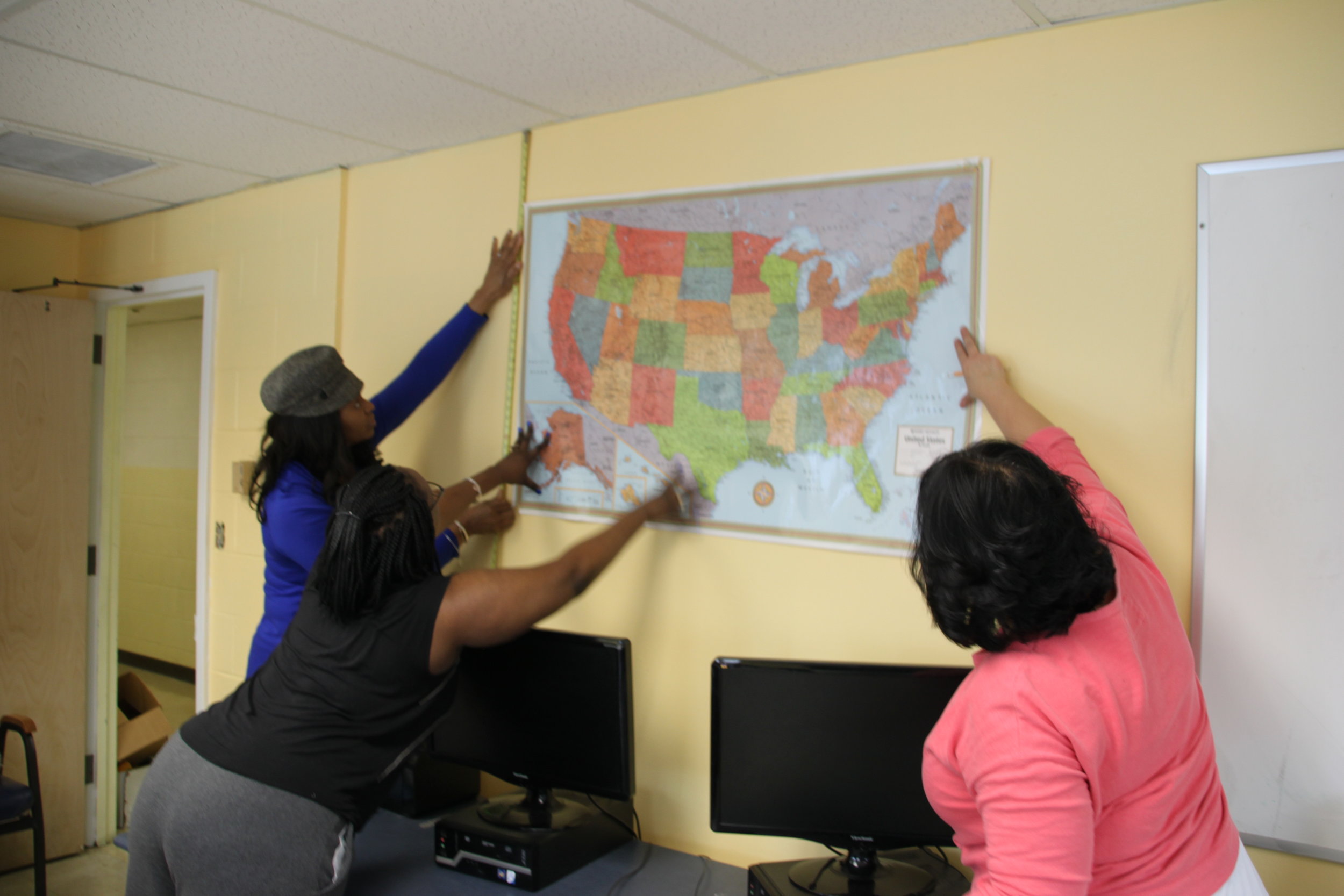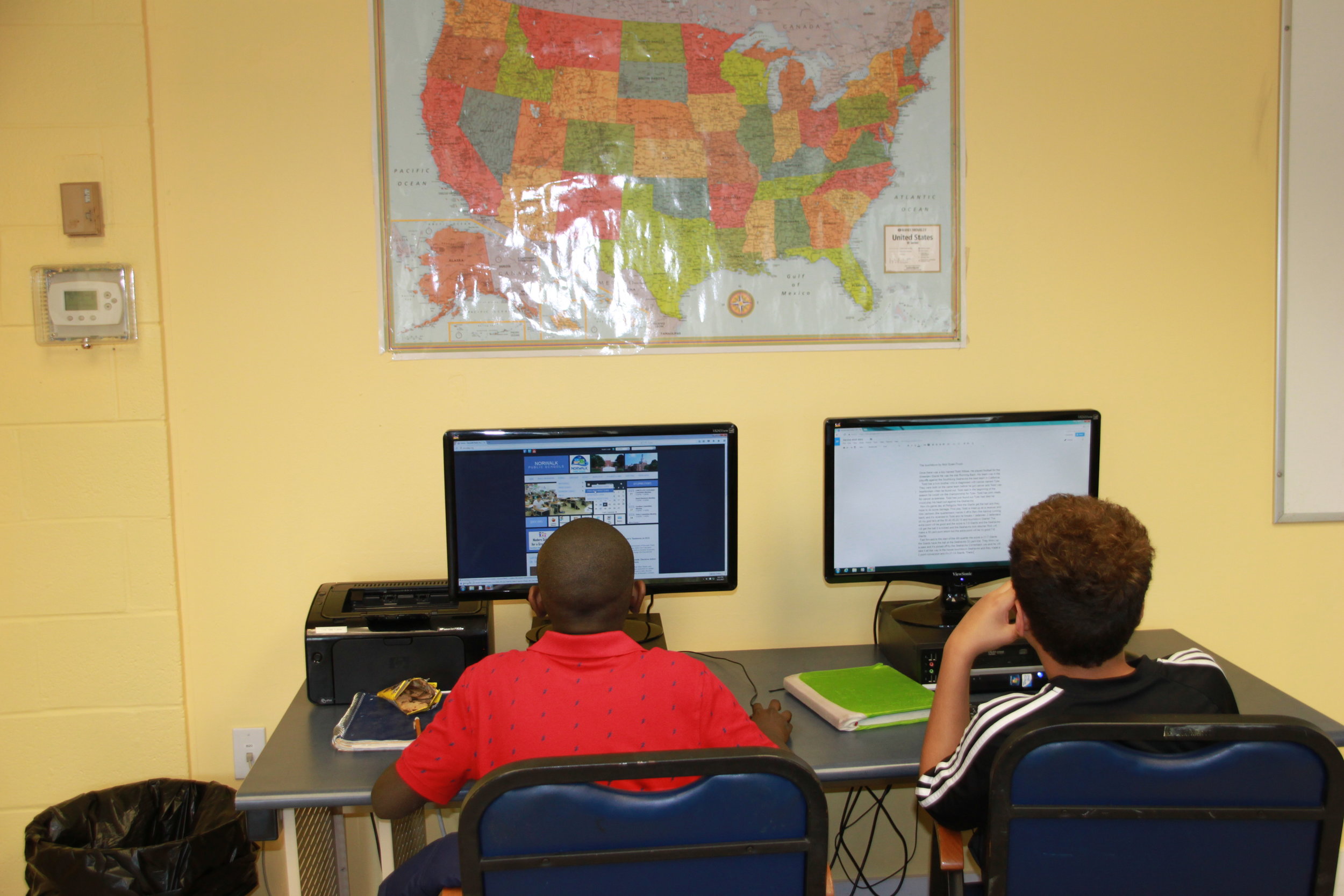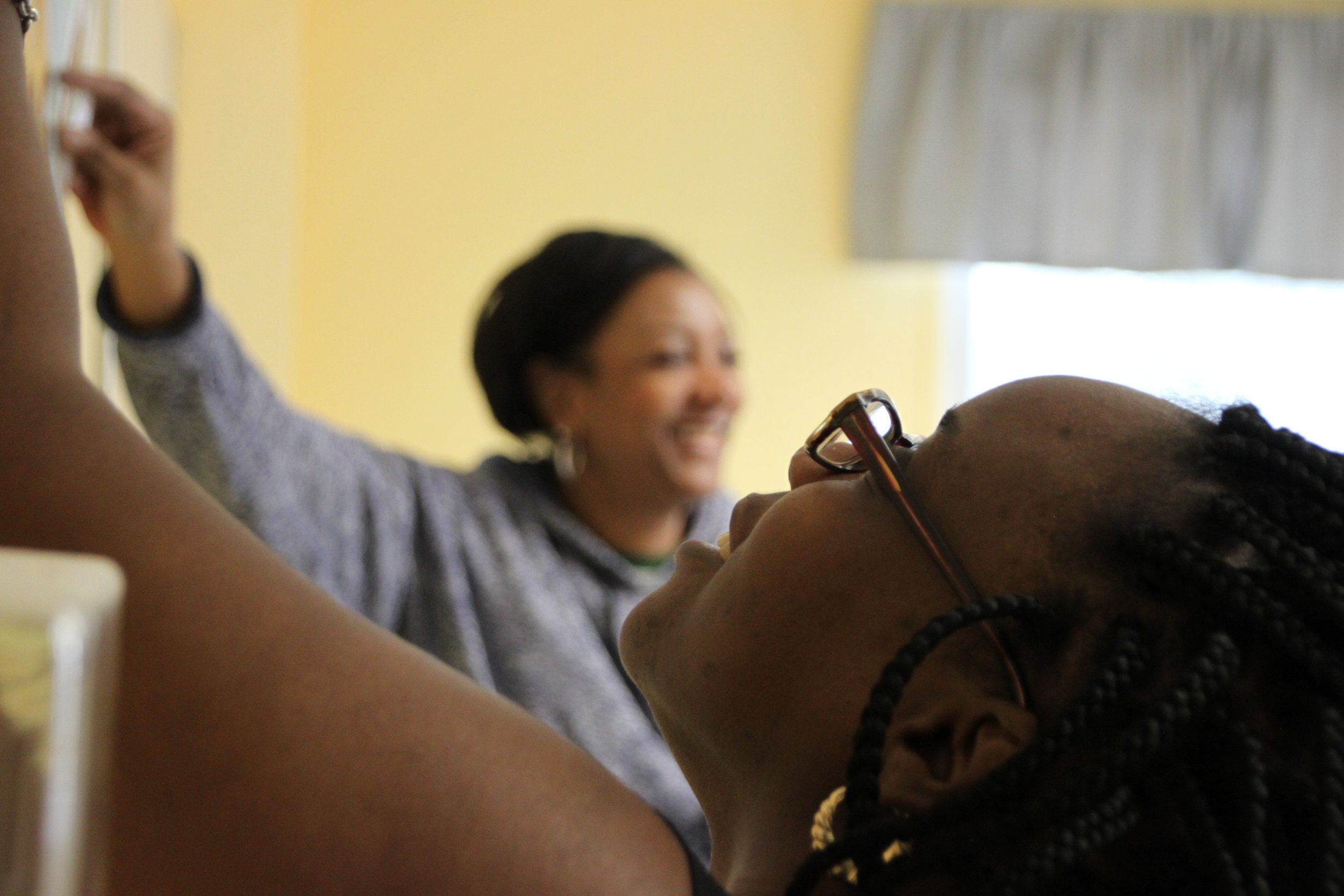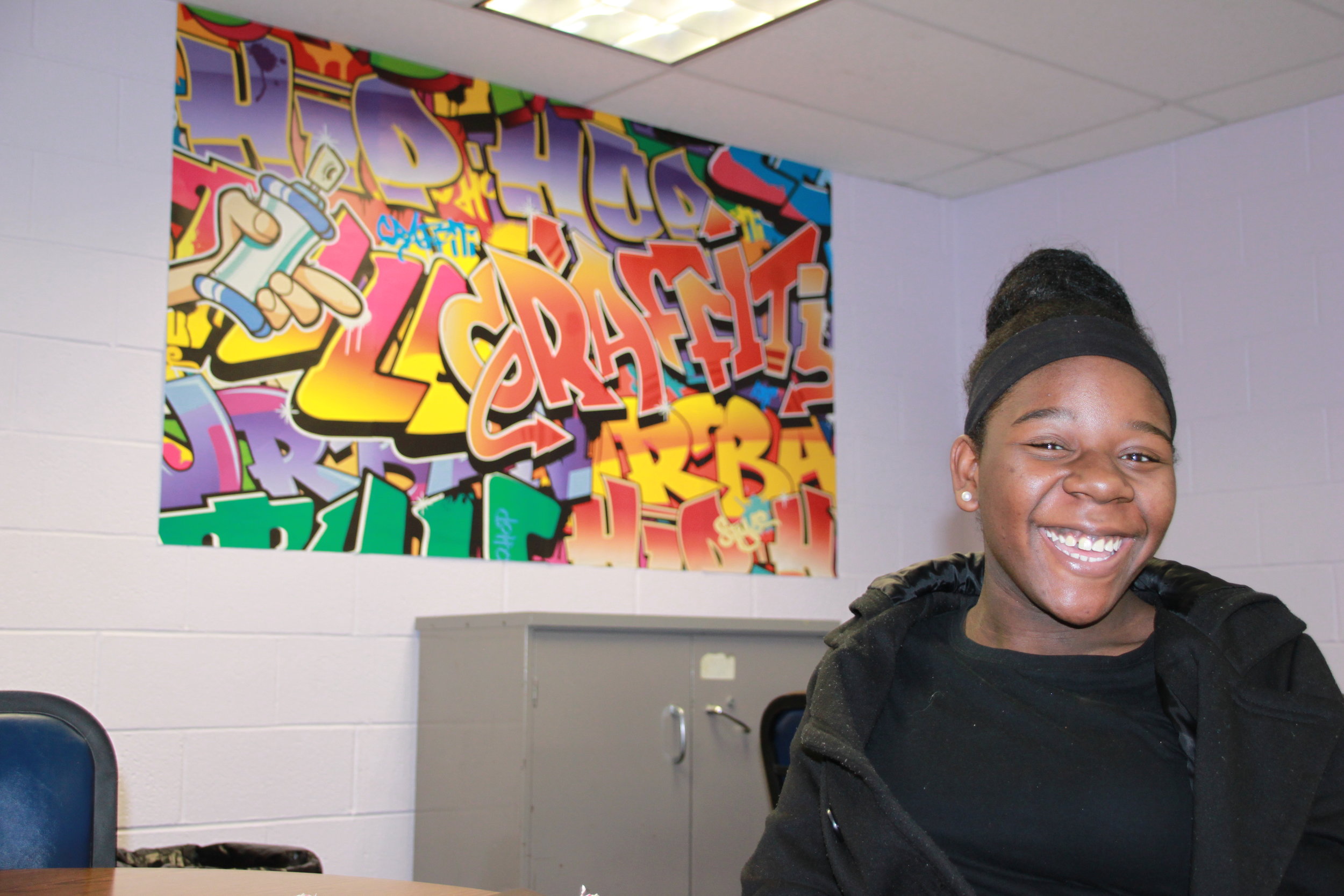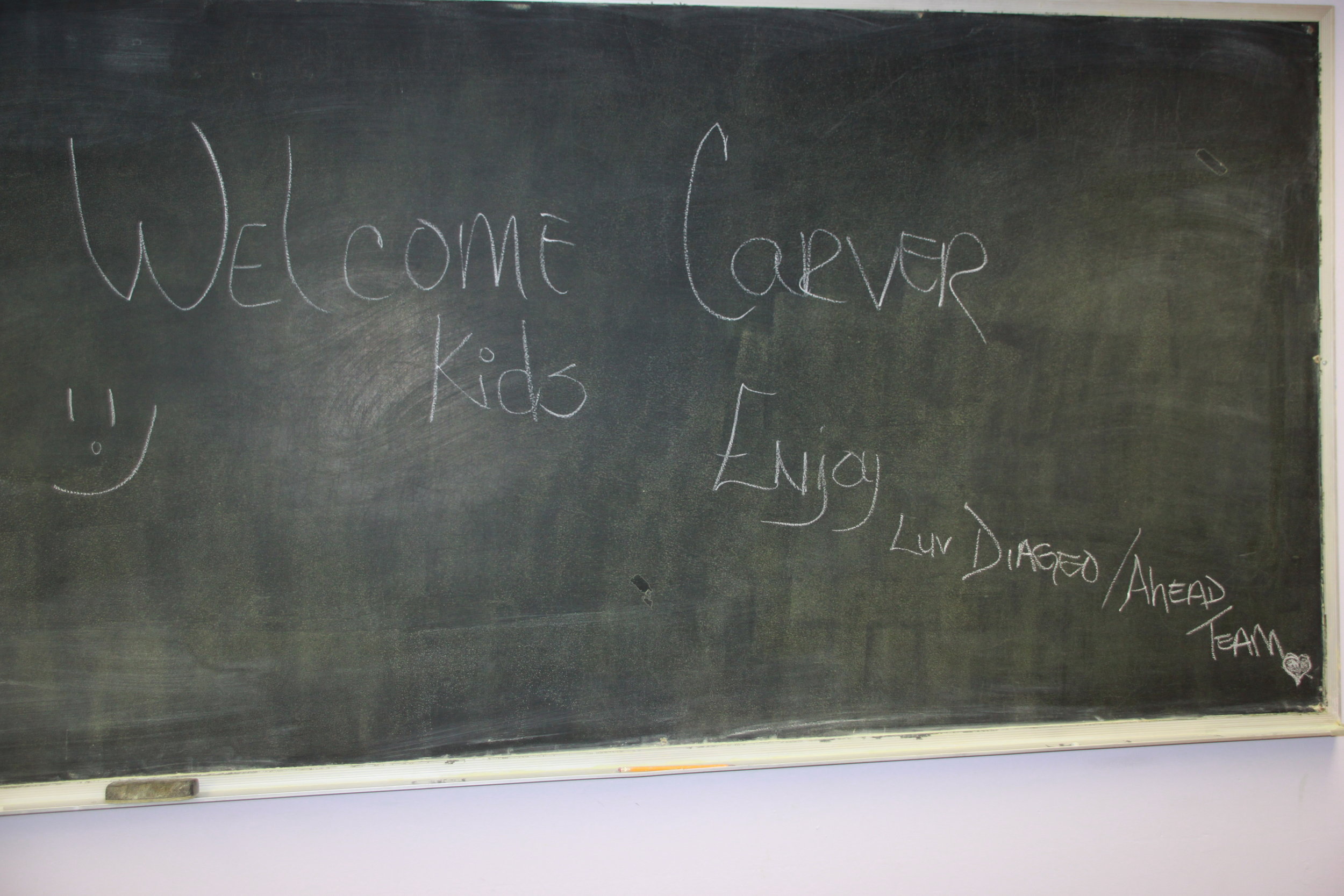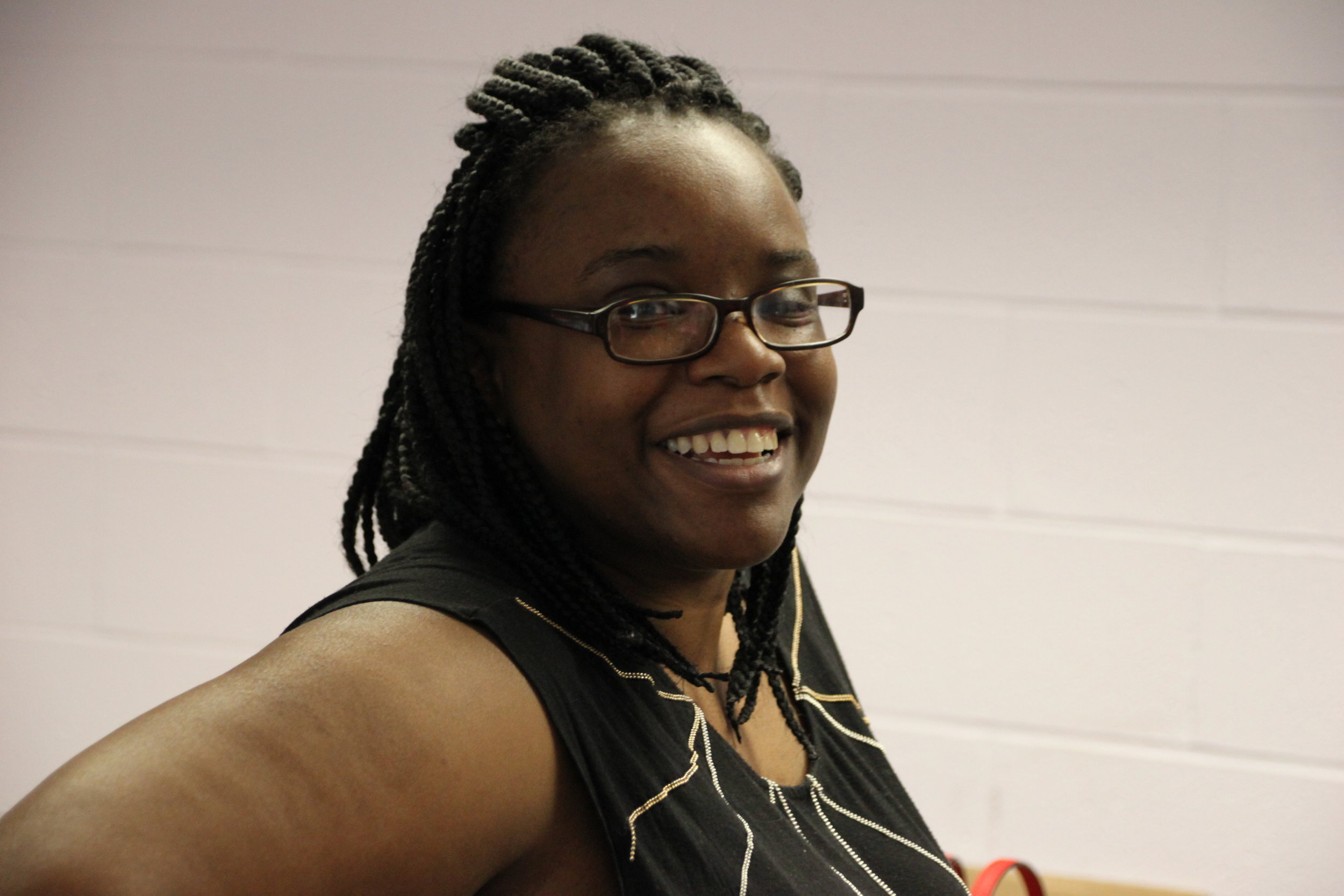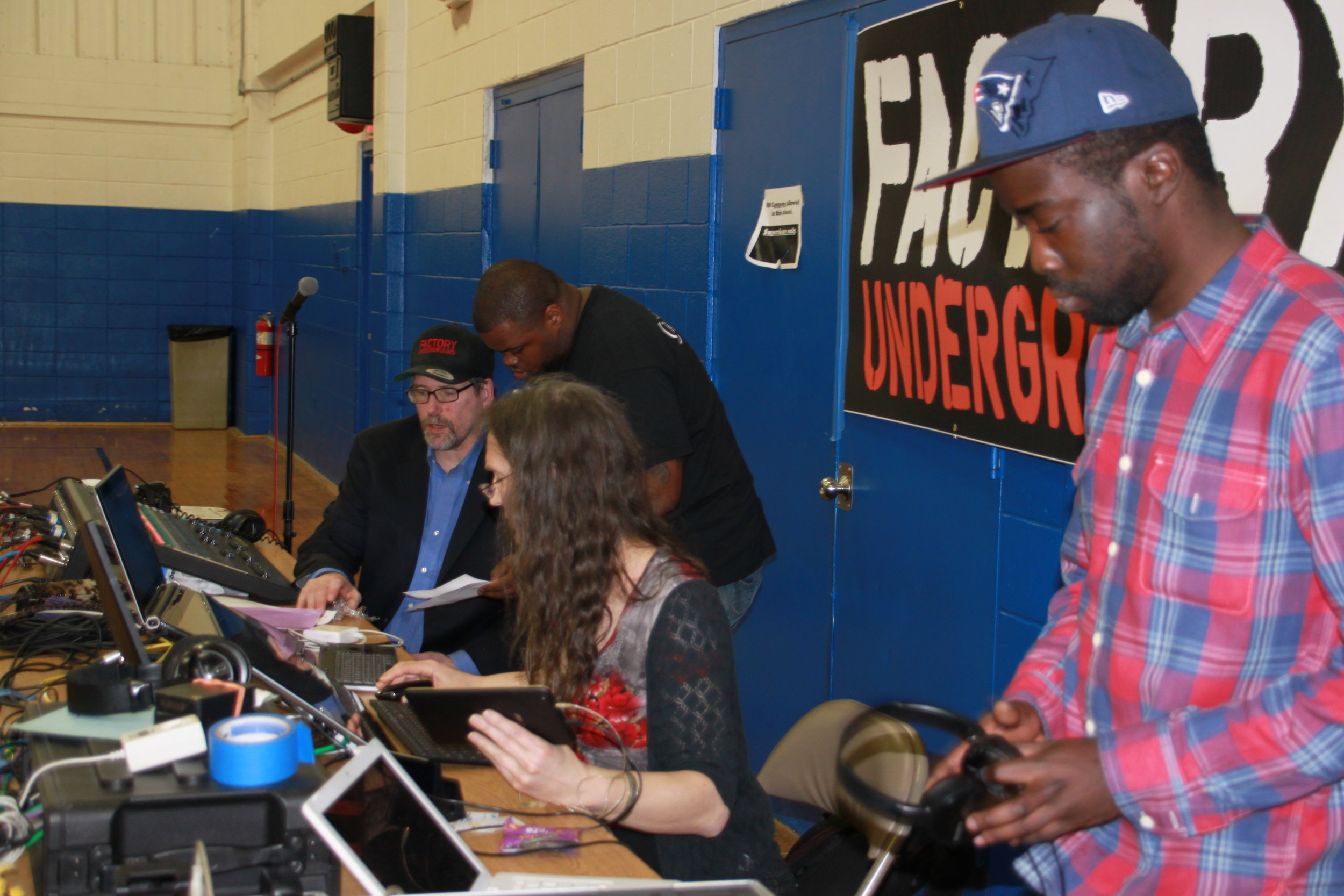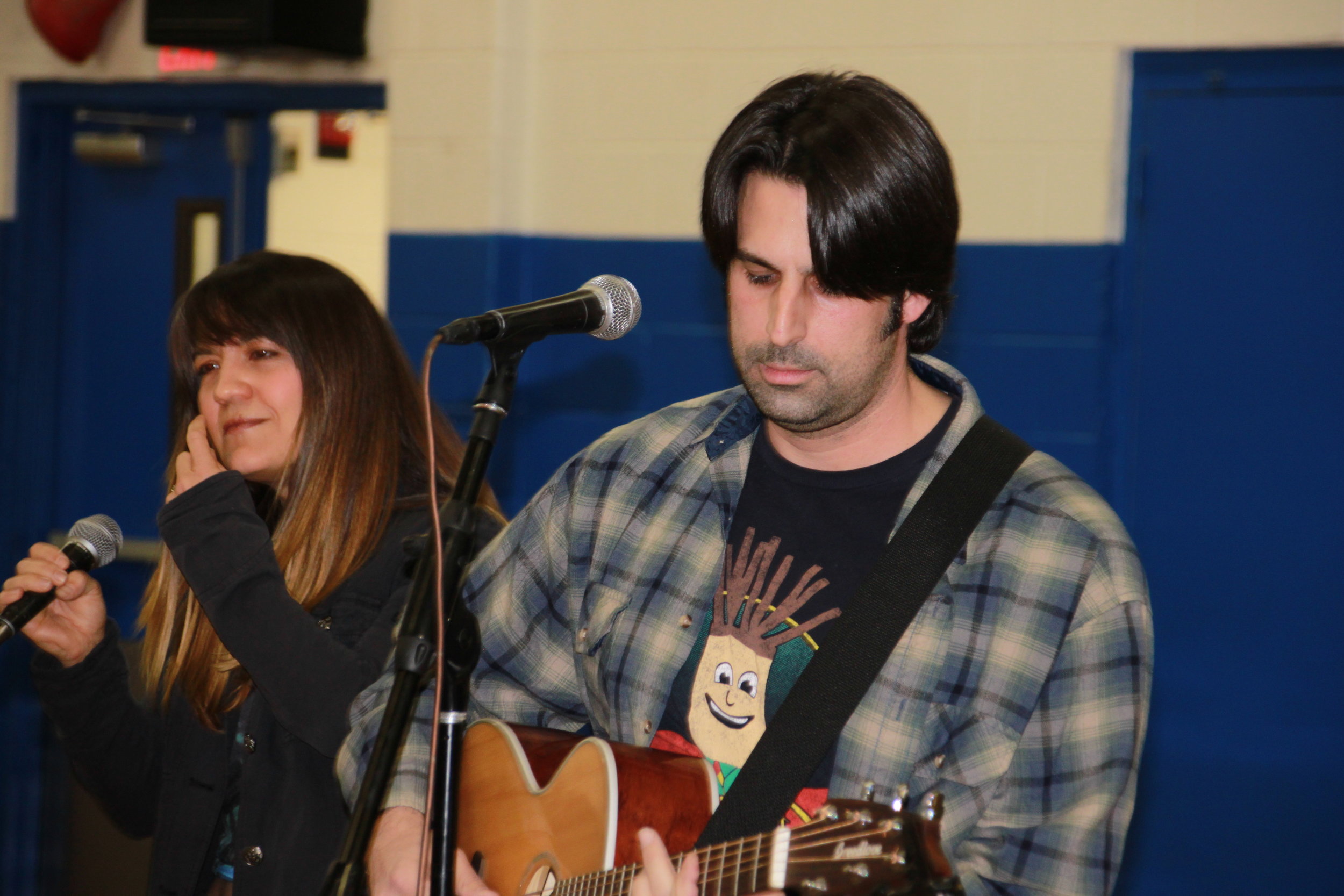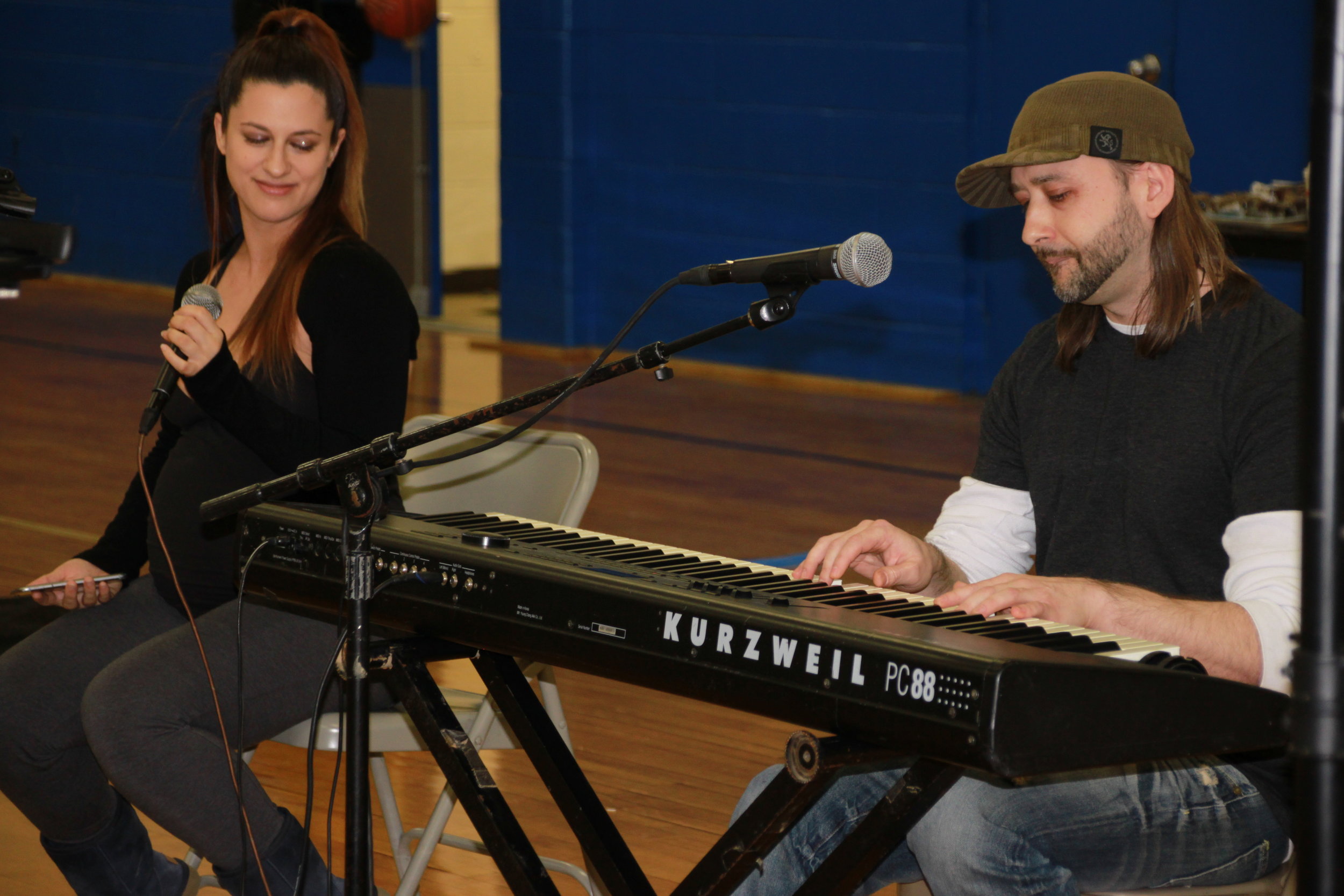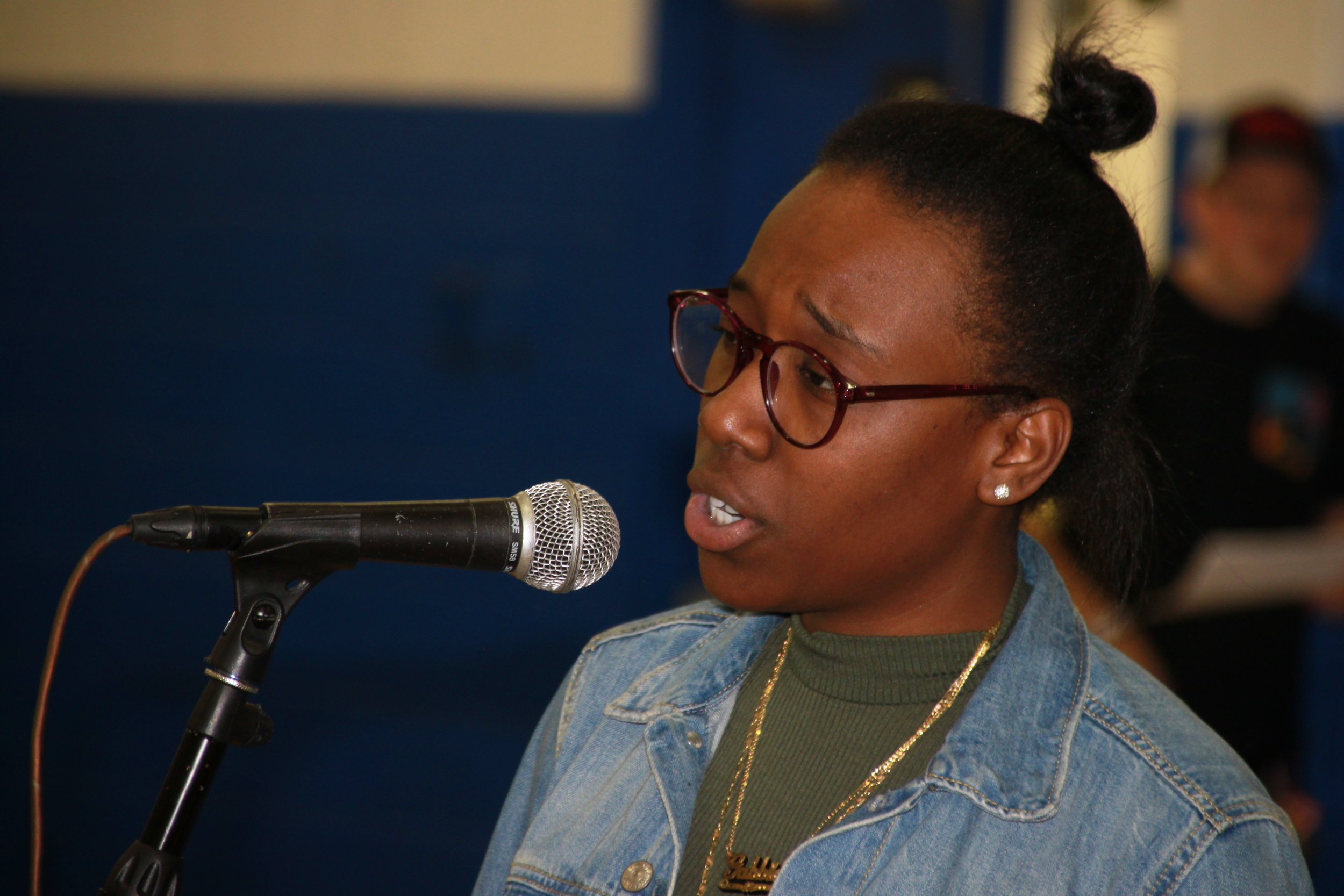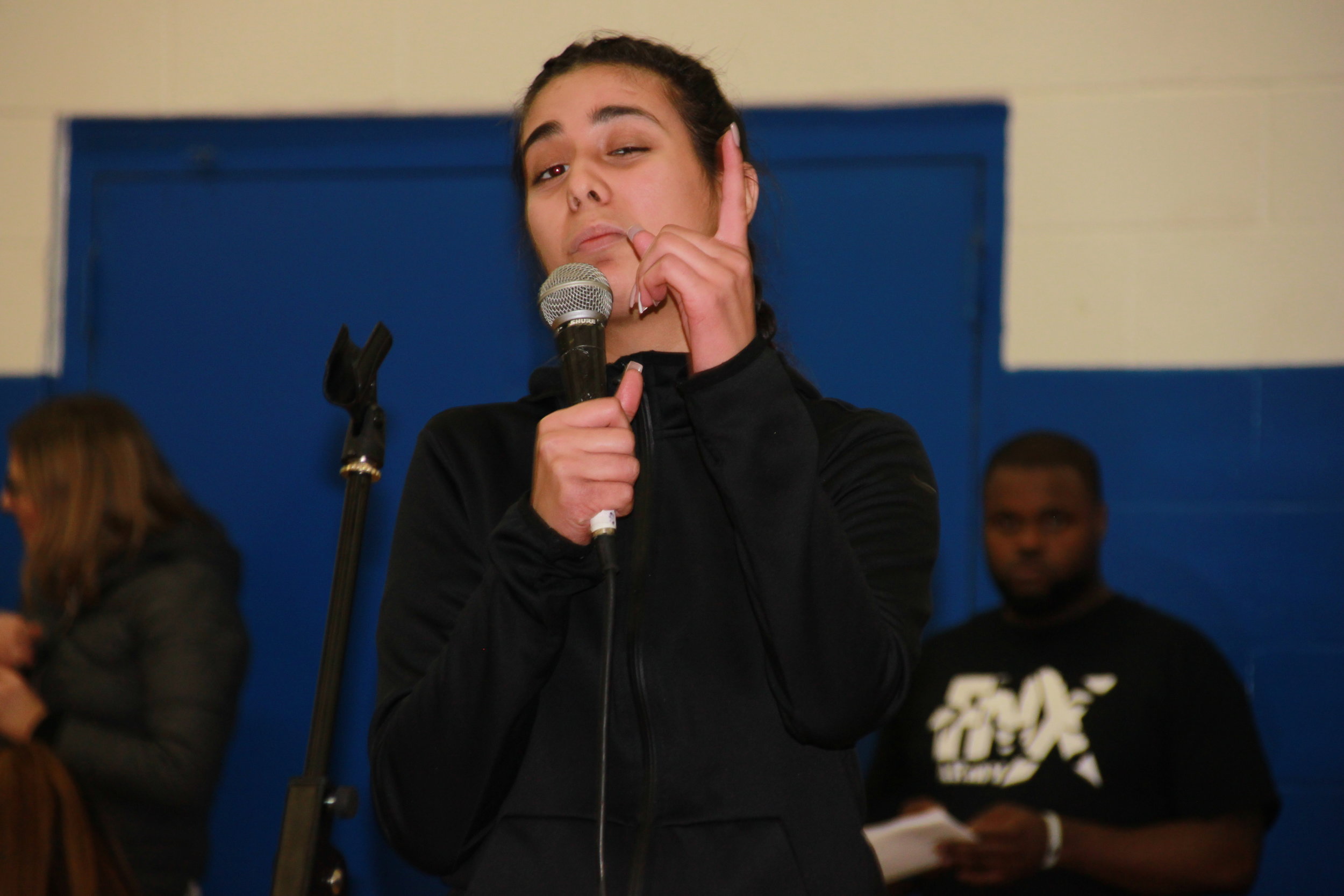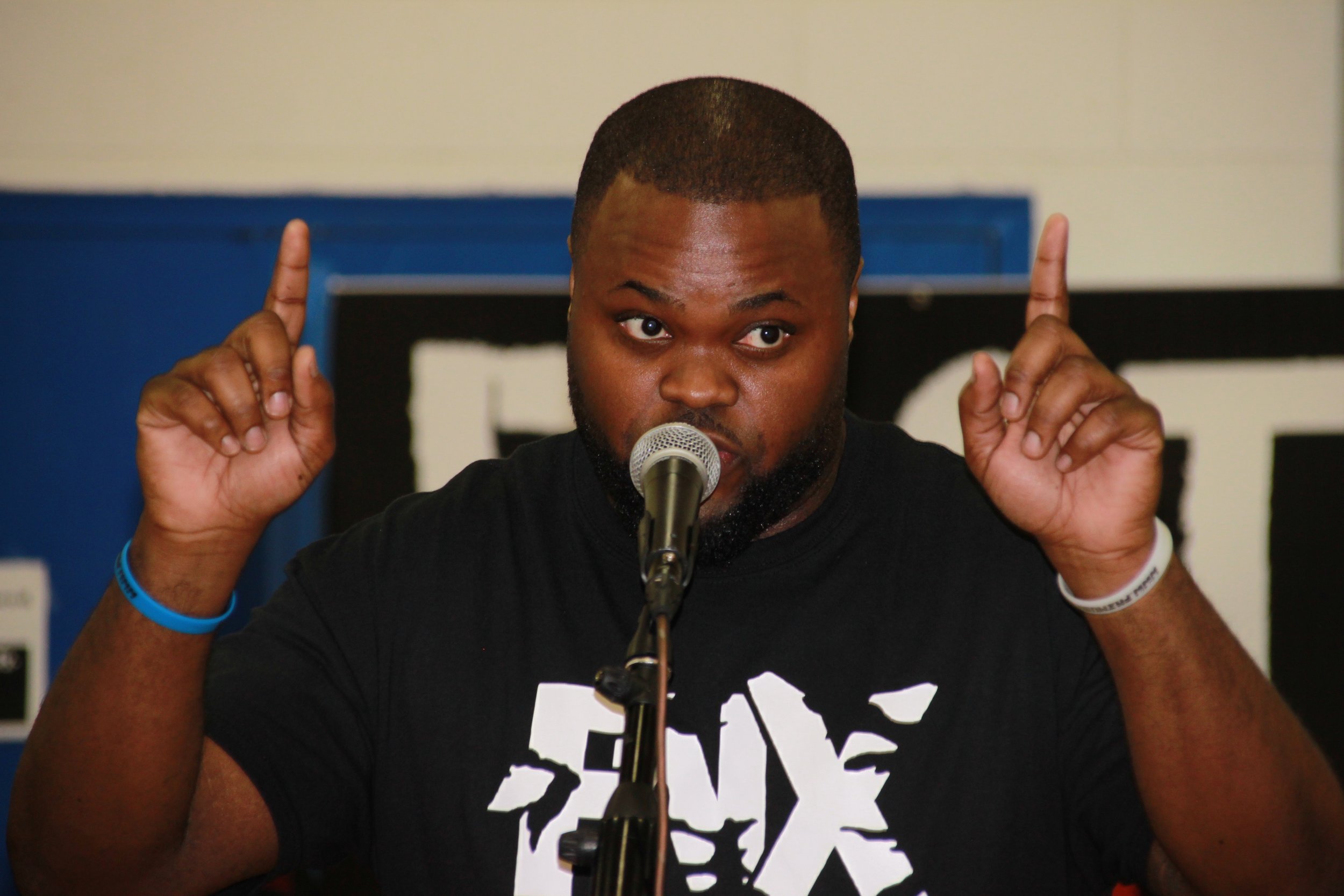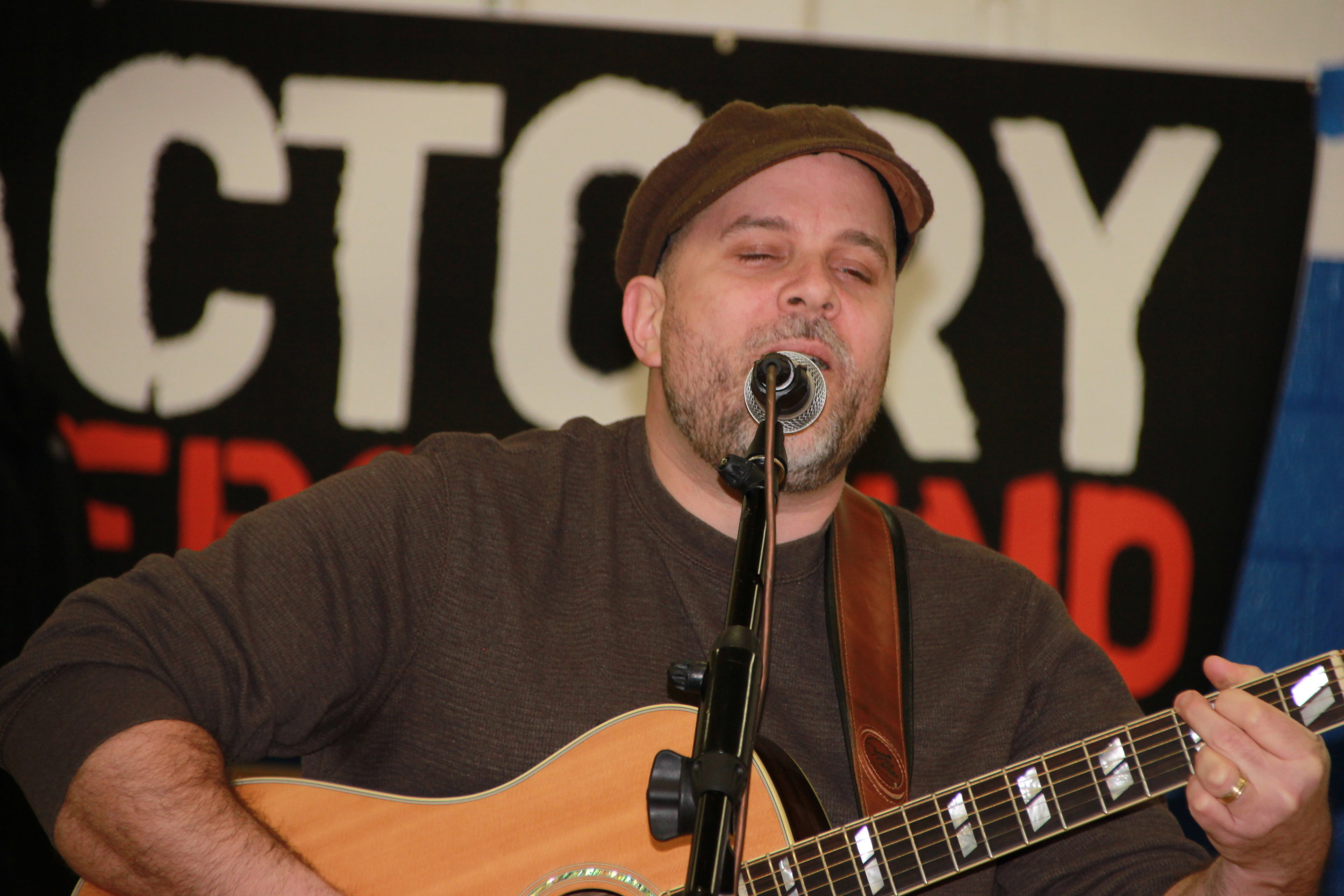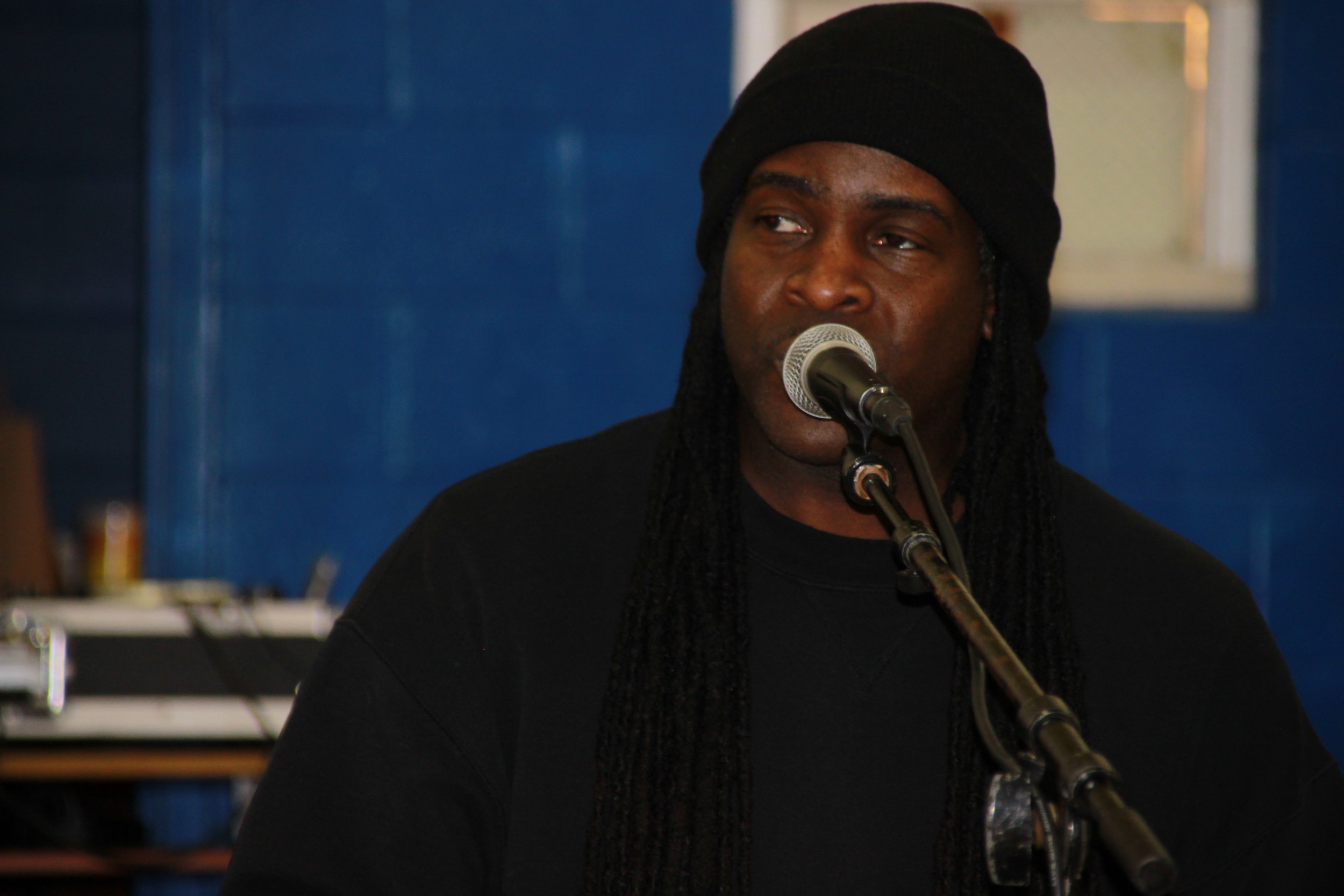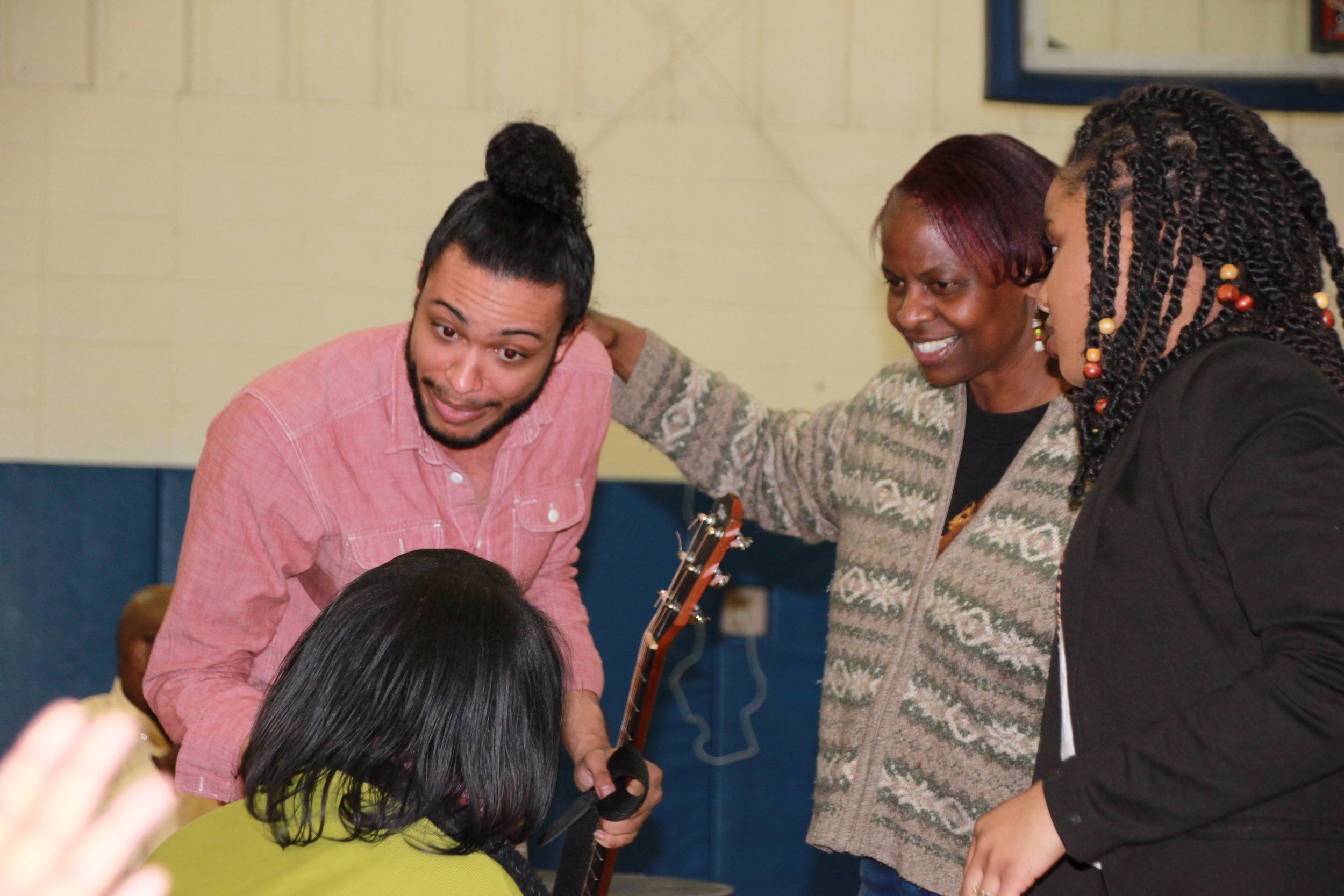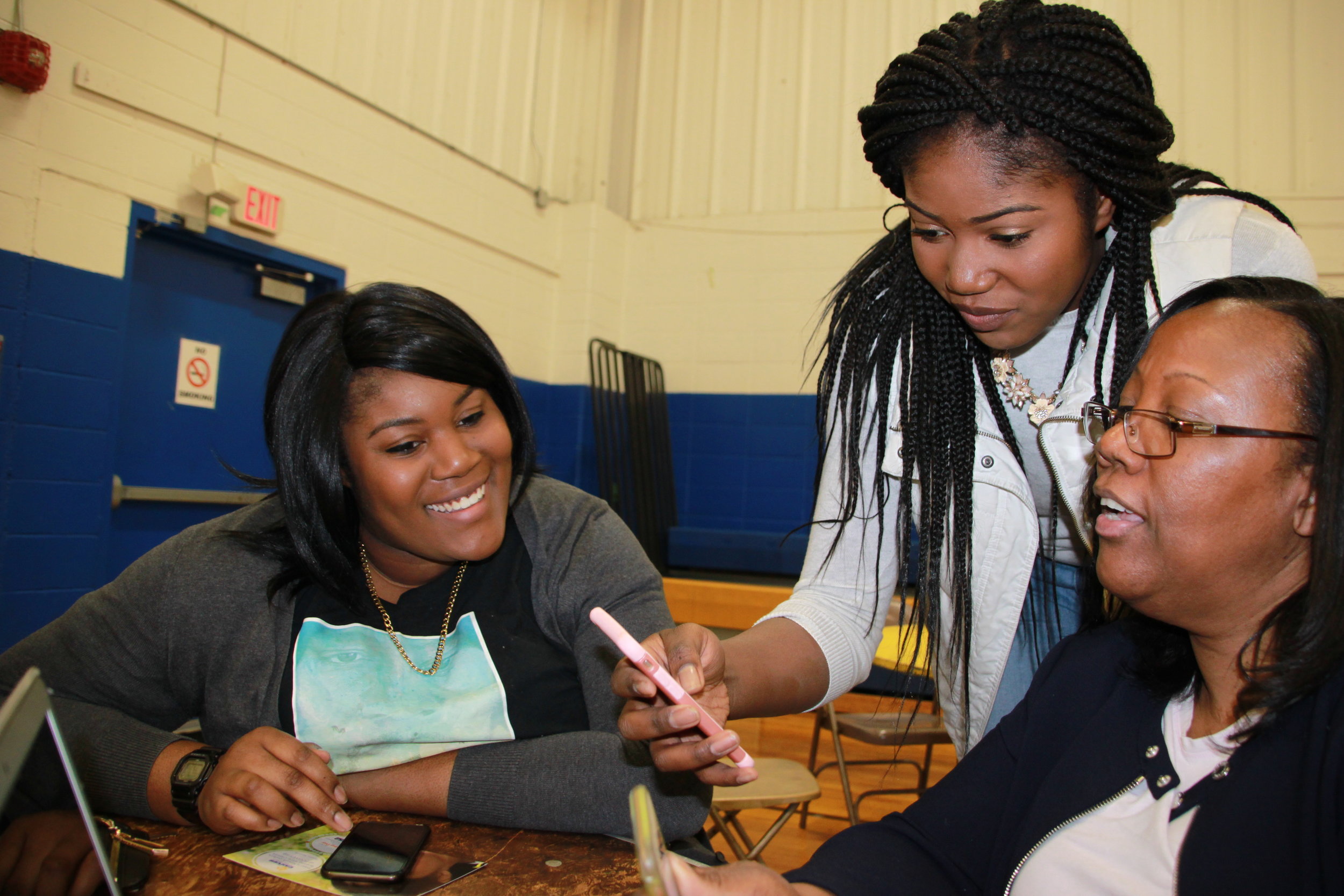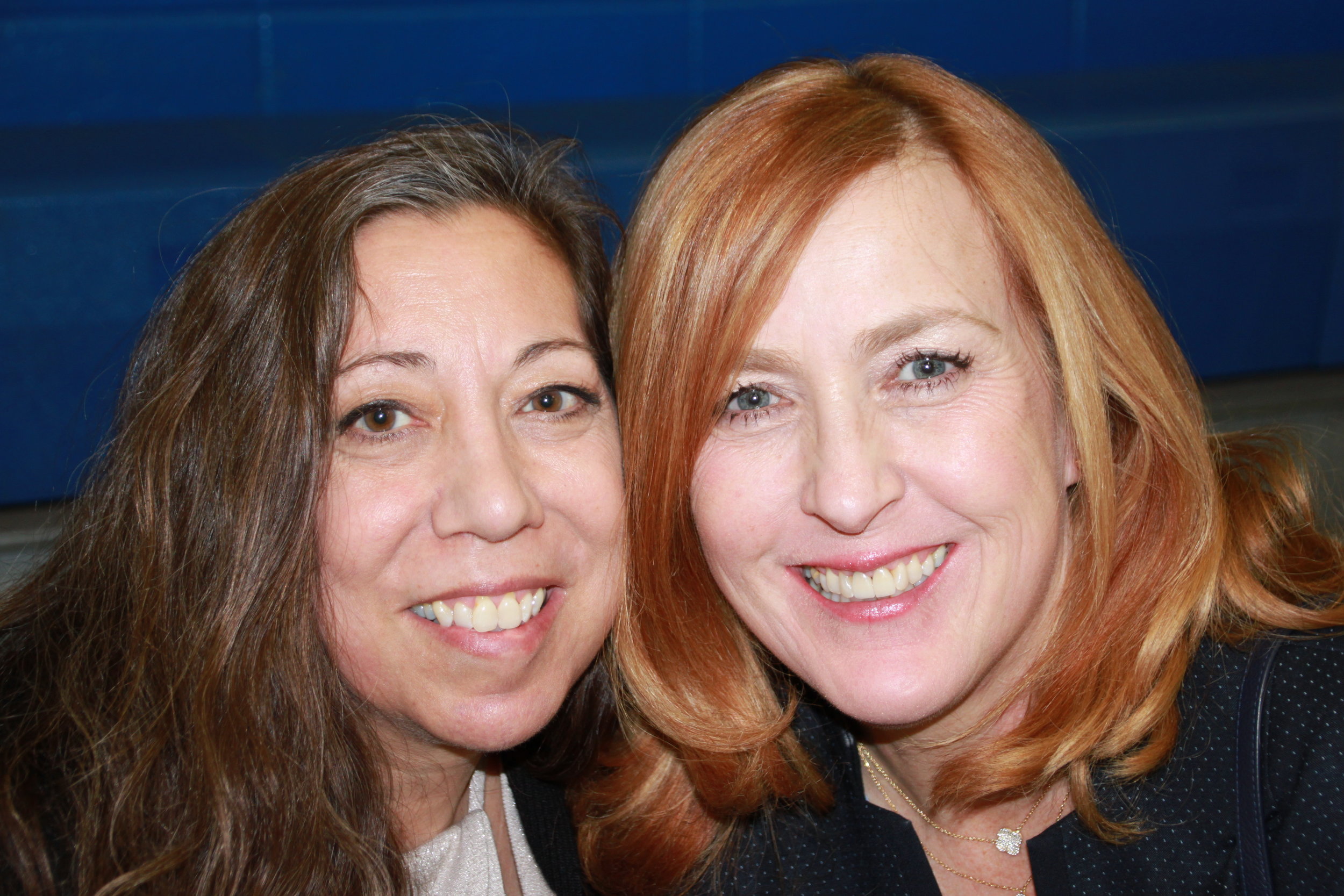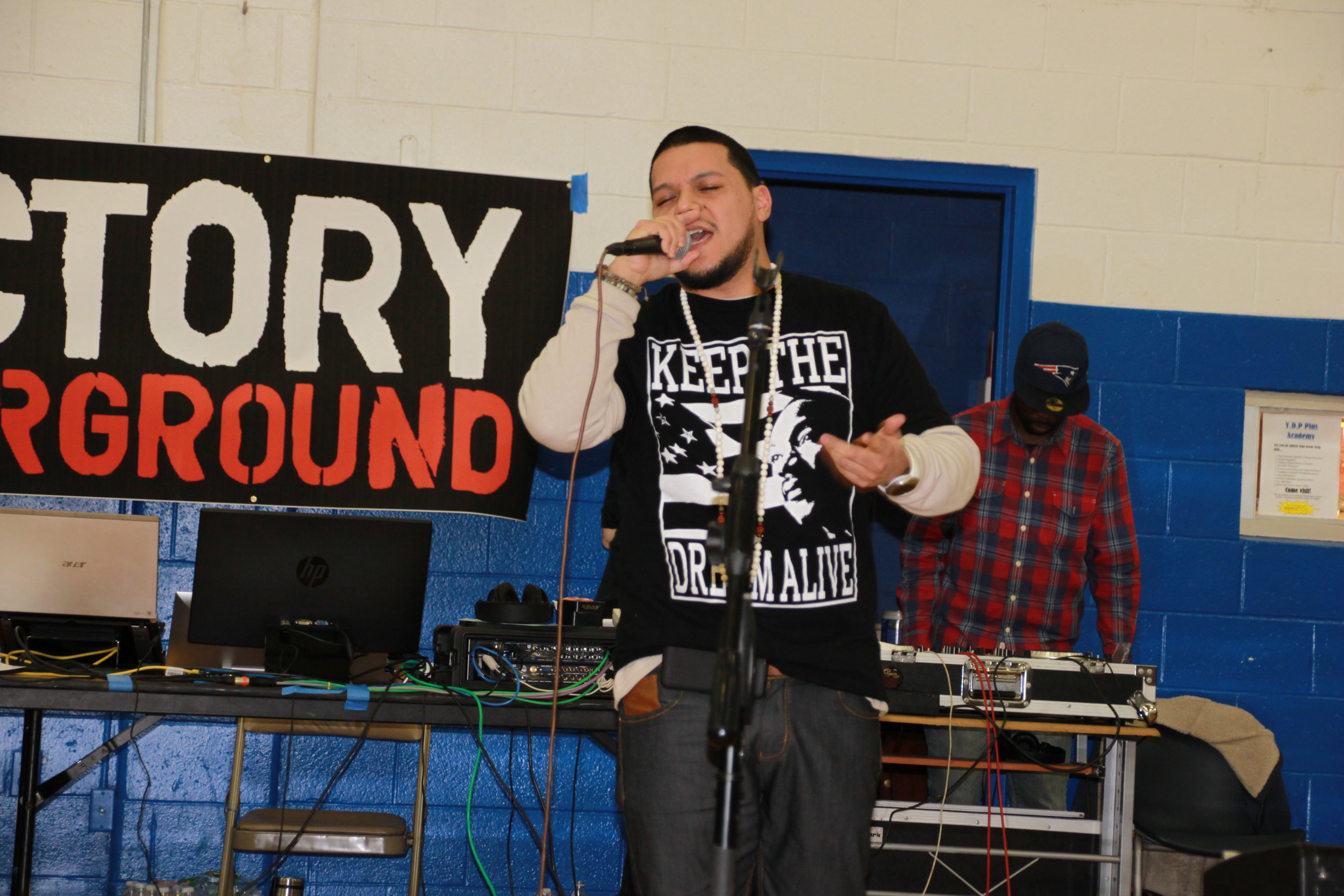The first year of Carver's annual Child of America gala, we honored the Pulitzer Prize-winning historian, journalist and activist Roger Wilkins with our Child of America award. Mr. Wilkins died on March 26th at the age of 85. Here is his obituary in today's Boston Globe by Adam Bernstein.
“The struggle of life is not won with one glorious moment like Reggie Jackson’s five straight home runs in a recent World Series — wonderful and thrilling though that was — but a continual struggle in which you keep your dignity intact and your powers at work, over the long course of a lifetime.”
WASHINGTON — Roger W. Wilkins, a ranking Justice Department official during the 1960s who later composed Pulitzer Prize-winning editorials about the Watergate scandal for The Washington Post — and wrote unsparingly about the conflicts and burdens he experienced as a black man in positions of influence — died March 26 at a nursing home in Kensington, Md. He was 85. The cause was complications from dementia, said his daughter, Elizabeth Wilkins.
In a career that traversed law, journalism and education, Wilkins made matters of race and poverty central to his work as an assistant attorney general in the Johnson administration and later as one of the first black editorial board members at the Post and The New York Times.
By kinship or friendship, he was linked to many black leaders of the civil rights era. Roy Wilkins, who led the NAACP from 1955 to 1977, was an uncle. In law school, Roger Wilkins was an intern for Thurgood Marshall, then director-counsel of the NAACP’s Legal Defense and Educational Fund and later a Supreme Court justice.
From a young age, he once wrote, he was compelled to spend his life ‘‘blasting through doors that white people didn’t want to open.’’
Wilkins said he lived at times with a painful duality as an African-American who had risen to positions of leverage in white-controlled halls of power.
He felt an obligation to serve the black community but that he also desired an identity independent from it — ‘‘my own personal exemption,’’ he said. In New York, he could feel at home in Harlem, in the bohemian Greenwich Village, and in a tony apartment on Central Park West.
He spent periods of his life at the Ford Foundation, where he awarded grants from its luxurious New York offices, and on the riot-ravaged streets of Detroit, where he was confronted by gun-wielding state troopers unaccustomed to encountering a black federal authority. At checkpoints, he learned to hold up his hands and shout, ‘‘Department of Justice, Department of Justice!’’
Intense and sensitive, Wilkins described himself as restless, given to heavy drinking and susceptible to bouts of despair and deep depression. He saw himself as a microcosm of high-achieving black America at a time of limited new opportunity amid still-festering historical bigotry.
‘‘I was a man living in a never-never land somewhere far beyond the constraints my grandparents had known but far short of true freedom,’’ he wrote in his 1982 autobiography, ‘‘A Man’s Life.’’ ‘‘I knew no black people — young or old, rich or poor — who didn’t feel injured by the experience of being black in America.’’
After an early career as a welfare caseworker in Cleveland and an international lawyer in New York City, he came to Washington in 1962 as a special assistant to the administrator of the US Agency for International Development.
Four years later, President Lyndon B. Johnson tapped Wilkins to lead the Community Relations Service, an agency established under the Civil Rights Act of 1964 and eventually overseen by the Justice Department.
In an era of urban rioting, Wilkins, then 33, became one of the administration’s point men on inner-city rage that exploded from Washington to the Watts neighborhood of Los Angeles.
The three years he spent in the job, he recalled, were a ‘‘blur of pain and glory.’’ His resources were meager and the need monumental.
Wilkins said he frequently was received during his travels as an outsider from official, white Washington. He felt betrayed by Justice Department colleagues who, amid the race riots in Detroit, dined with a city powerbroker at a segregated club. Wilkins was not invited.
After Richard M. Nixon became president in 1969, Wilkins left government service for the Ford Foundation, where he oversaw funding for job training, drug rehabilitation, and education for the poor. He described the job as a glass prison, a well-funded, well-intentioned endeavor that was constantly stymied by internal politics and a leadership that was disproportionately white, elite, and out of touch with minority struggles.
Compounding his frustration was his ambivalence about the glittering social life he led. Through a relationship with the MCA heiress and writer Jean Stein vanden Heuvel, Wilkins moved in a high-society circle that included Norman Mailer, Arthur Miller, and Leonard Bernstein.
‘‘I loved it, but it tore me apart,’’ he wrote in his memoir. ‘‘It was as if, by entering that world at night, I was betraying everything I told myself I stood for during the day.’’ He came to think of himself as ‘‘an ersatz white man.’’
In 1972, he left the Ford Foundation to join The Post, which two years earlier had published a commentary by Wilkins, titled ‘‘A Black at the Gridiron Dinner.’’ The essay excoriated the organization, a club frequented by Washington journalists and politicians, for applauding gross displays of racial offensiveness — including a sketch that featured Vice President Spiro T. Agnew singing ‘‘Dixie’’ as a tribute to Nixon’s effort to win white votes with his ‘‘Southern strategy.’’
Wilkins said he and then-Washington Mayor Walter E. Washington were the only blacks among the 500 media and political leaders in attendance.
‘‘There were no Indians, there were no Asians, there were no Puerto Ricans, there were no Mexican-Americans,’’ he wrote in The Post. ‘‘There were just the Mayor and me. Incredibly, I sensed that there were few in that room who thought that anything was missing.’’
The piece struck like thunder in Washington and impressed editorial page editor Philip L. Geyelin. From his place on the editorial board, Wilkins later told an interviewer, he wanted to ‘‘help make The Post speak more precisely and more powerfully to the needs of the poor and the outcast, whoever they were.’’
But his brief tenure was consumed by the unfolding Watergate political scandal that led to Nixon’s resignation in 1974.
When The Post received a 1973 Pulitzer Prize for public service for its Watergate coverage, Pulitzer board members cited the investigative work of reporters Bob Woodward and Carl Bernstein, the editorial cartoons of Herbert L. Block, known as Herblock, and the newspaper’s editorials, many of them written by Wilkins.
In 1974, he received an overture from the Times and spent a few years on its editorial board before working as an urban-affairs columnist from 1977 to 1979.
As he did at The Post, Wilkins had disagreements at the Times with highly educated, liberal-minded white colleagues who assumed his sparkling credentials and pedigree made him a voice of what they considered moderation on race and social issues.
In his memoir, he wrote that his years-long attempt to gently enlighten colleagues and political leaders had little impact, and that he had come to believe in ‘‘groin fights’’ as the way to achieve progress.
Roger Wood Wilkins was born on March 25, 1932, in Kansas City, Mo., where he began his schooling in a one-room, segregated schoolhouse.
His father, Earl, a business manager of the Kansas City Call, a black newspaper, died of tuberculosis at 35. His mother, the former Helen Jackson, was instrumental in the racial desegregation of the national YWCA and eventually served as its first African-American president.
After his father’s death in 1941, Wilkins lived briefly in Harlem near his uncle Roy, whom he recalled as a ‘‘distant, dignified man.’’ He moved with his mother to Grand Rapids, Mich., after her marriage in 1943 to a doctor, Robert Claytor.
The family lived in a racially mixed neighborhood, where Wilkins said he had many white friends but where interracial dating would have been unthinkable. He graduated from the University of Michigan in 1953 and its law school in 1956.
He left the Times in 1979 and remained involved in public affairs as a senior fellow at the Institute for Policy Studies, a professor of history and American culture at George Mason University, a commentator in print and broadcast media, and a publisher of the NAACP’s journal, the Crisis, from 1998 to 2010.
In 1980, Wilkins and Post columnist William Raspberry became the first black members of the Pulitzer Prize board, which Wilkins later chaired.
In 2001, he published ‘‘Jefferson’s Pillow,’’ a well-regarded historical study addressing the contradictions between the ideals of the Founding Fathers from Virginia and their ownership of slaves.
Wilkins’ marriages to Eve Tyler and Mary Floy Myers ended in divorce. Survivors include his wife of 36 years, Patricia King of Washington, a law professor at Georgetown University; two children from his first marriage, Amy Wilkins and David Wilkins, both of Washington; a daughter from his third marriage, Elizabeth Wilkins of Washington; two half-sisters; and two grandsons.
‘‘I’ve always thought that if I had 15 lucid moments before I die, I’ll want to look back and see that I tried to act with honor, 15 minutes by 15 minutes throughout my life,’’ Wilkins wrote in ‘‘A Man’s Life.’’
He added: ‘‘The struggle of life is not won with one glorious moment like Reggie Jackson’s five straight home runs in a recent World Series — wonderful and thrilling though that was — but a continual struggle in which you keep your dignity intact and your powers at work, over the long course of a lifetime.’’





